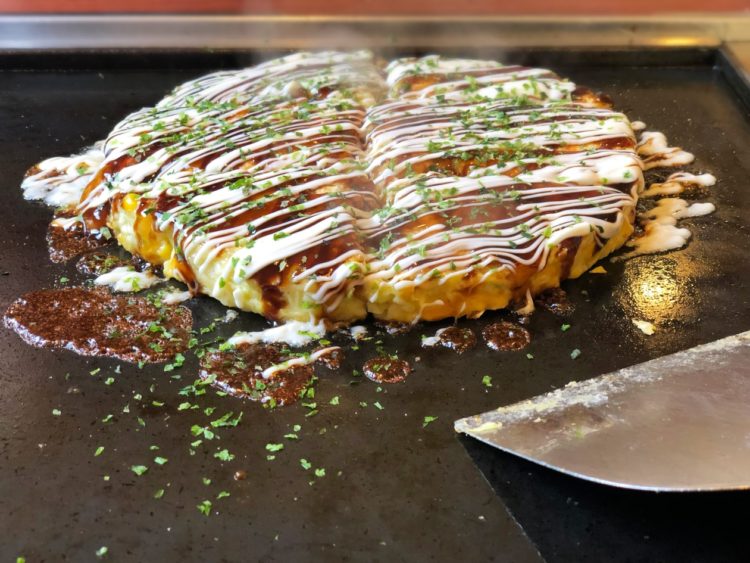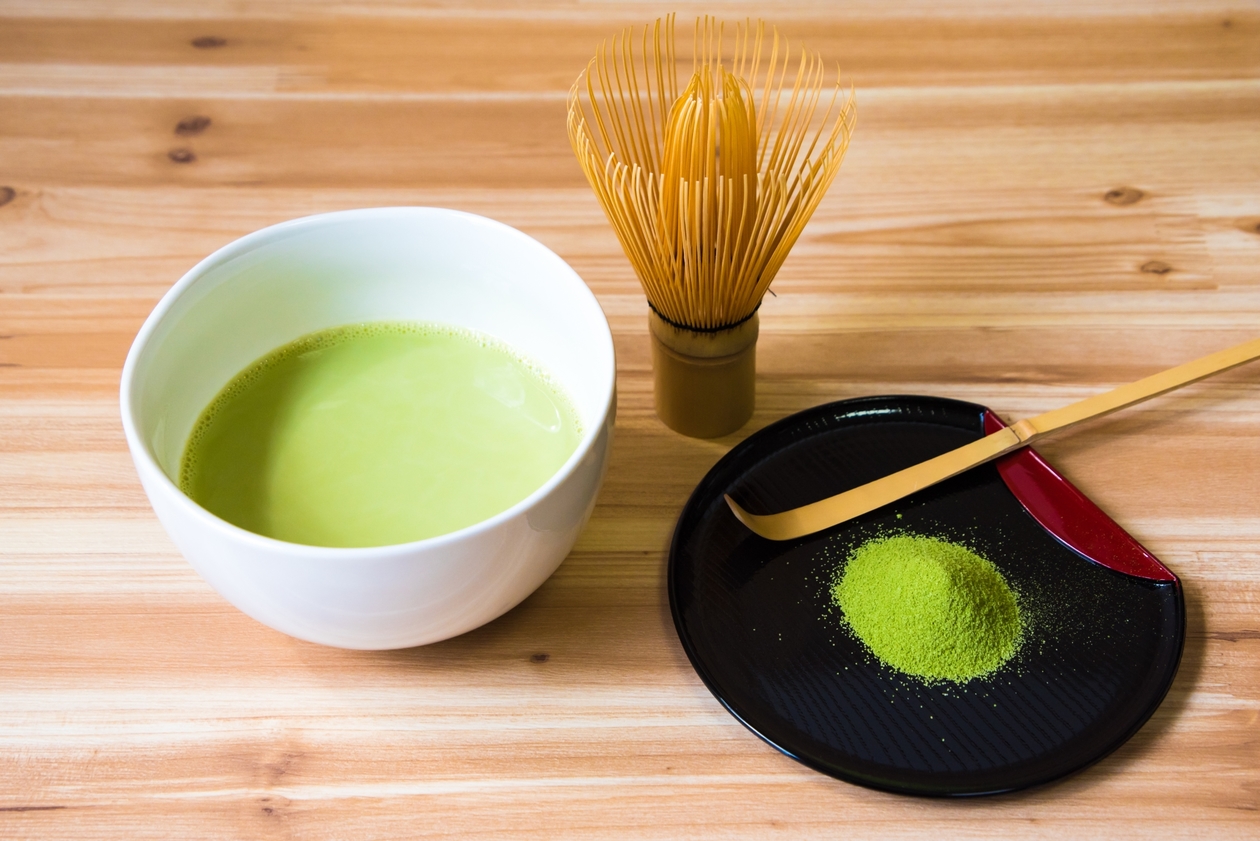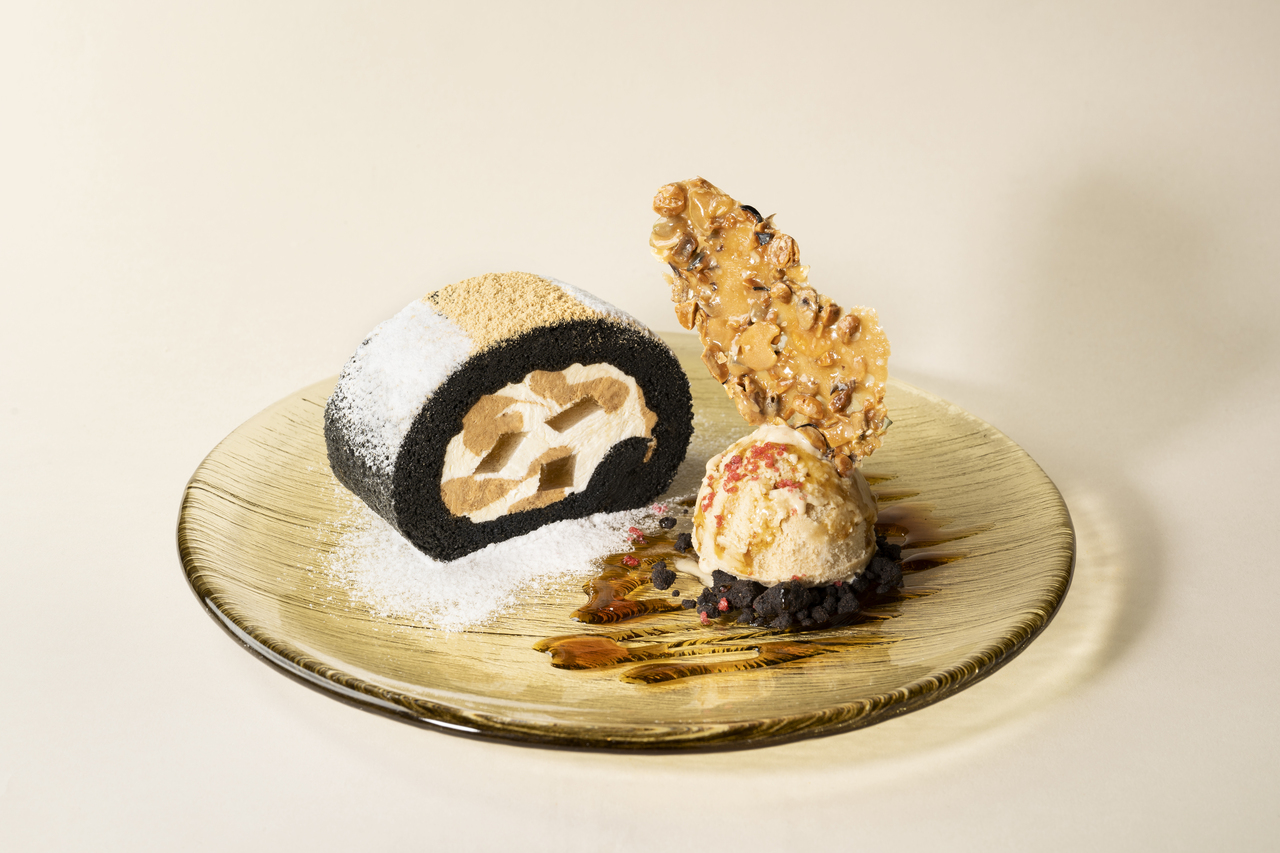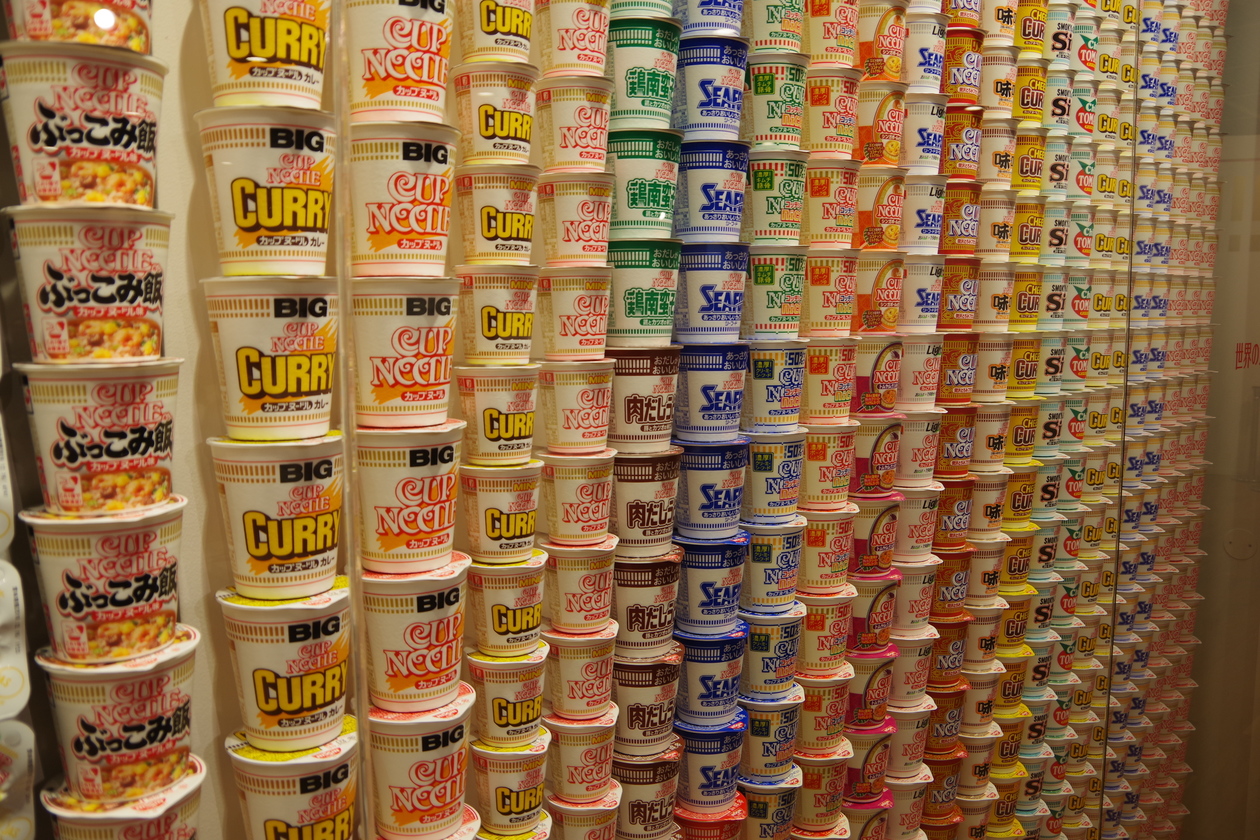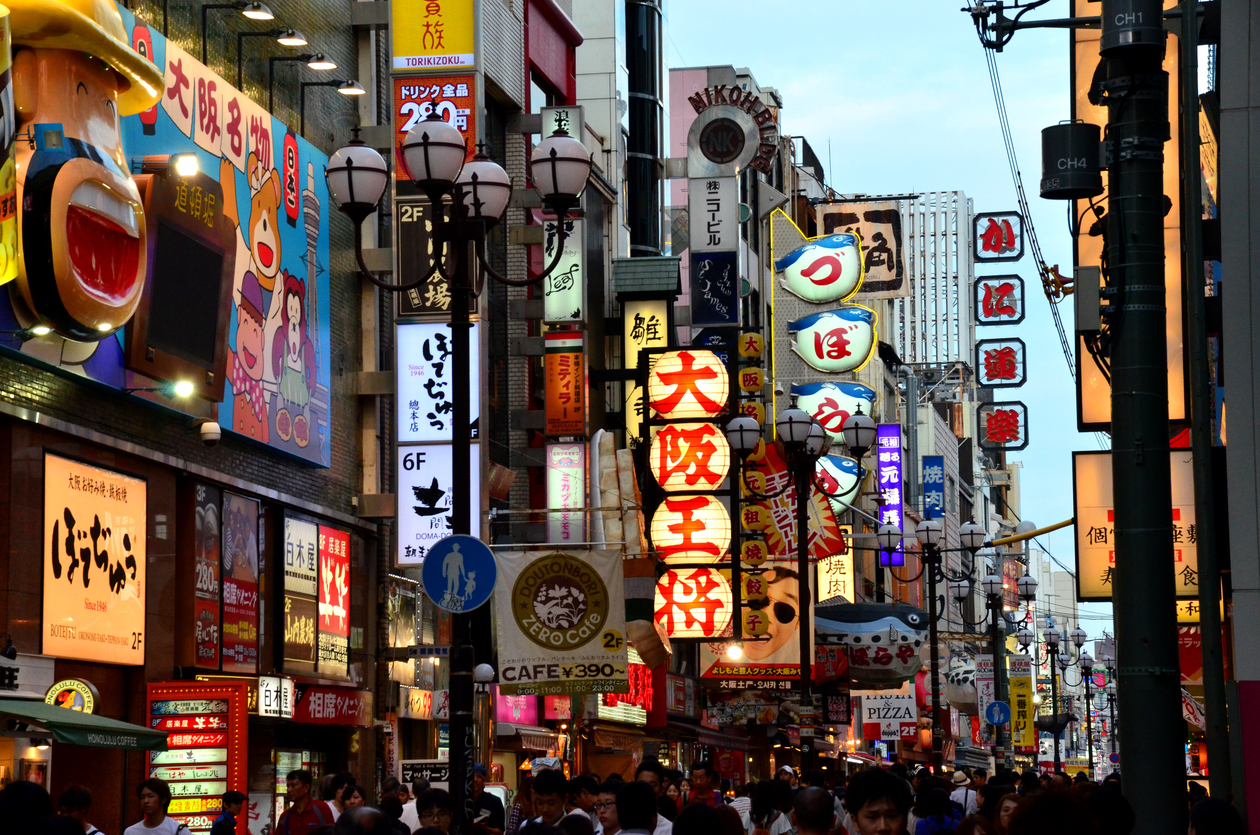
“Kyoto Traditional Vegetables” That You Must Eat When Traveling in Kyoto.
The source of development of Kyoto cuisine is traditional Kyoto vegetables.
The source of development of Kyoto cuisine is traditional Kyoto vegetables.
Kyoto has prospered as the capital for more than 1000 years. Kyoto is far from the sea so that it was extremely difficult to transport the seafood that Japan is proud of. Therefore, “vegetables” were very important to the diet of people in the capital including the Imperial Court.
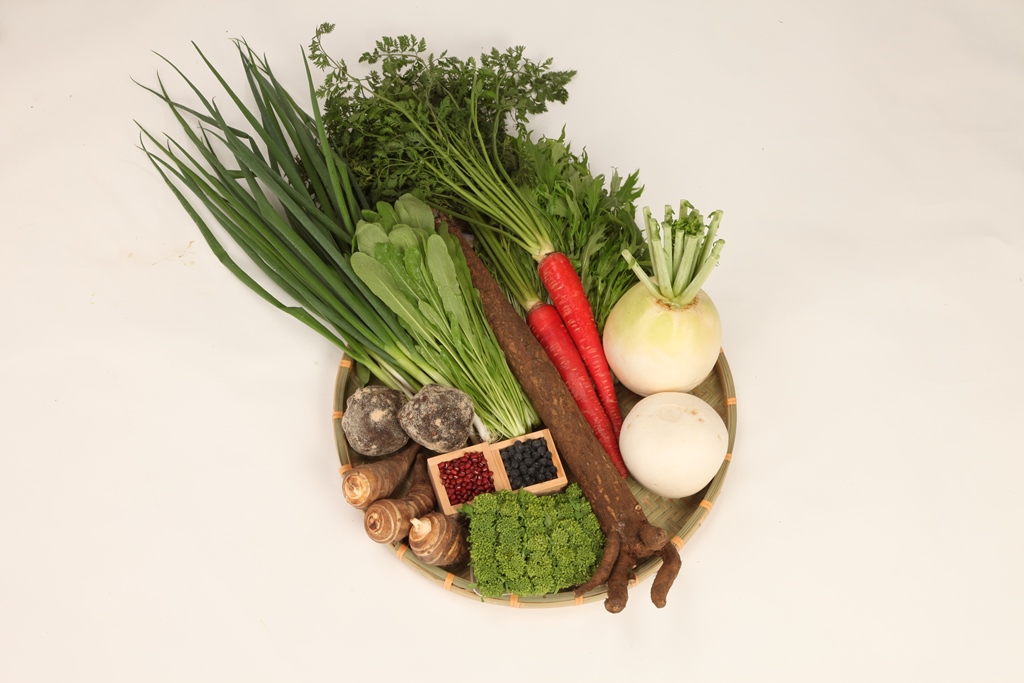
Vegetable seeds and techniques gathered from all over the country and the continent, and various varieties of vegetables were raised in Kyoto.

Kyoto has clear four seasons, as summer is hot and winter is cold.Due to the large temperature difference between day and night, Kyoto has a climate suitable for growing vegetables. The Kyoto Basin has plenty of groundwater and good soil environment.

Vegetables grown in Kyoto have developed more deliciously than their place of origin thanks to the excellent climate and the people who support Kyoto’s agriculture.
Vegetables produced in Kyoto are called “Kyoyasai” and are acknowledged by many Japanese people, including foodies. Currently, there are items that are evaluated as “branded vegetables” and “traditional vegetables” after reviewing them.
What are traditional Kyoto vegetables?
Kyoto traditional vegetables are vegetables that have been cultivated for a long time in Kyoto Prefecture. Currently, 37 types of vegetables are certified.
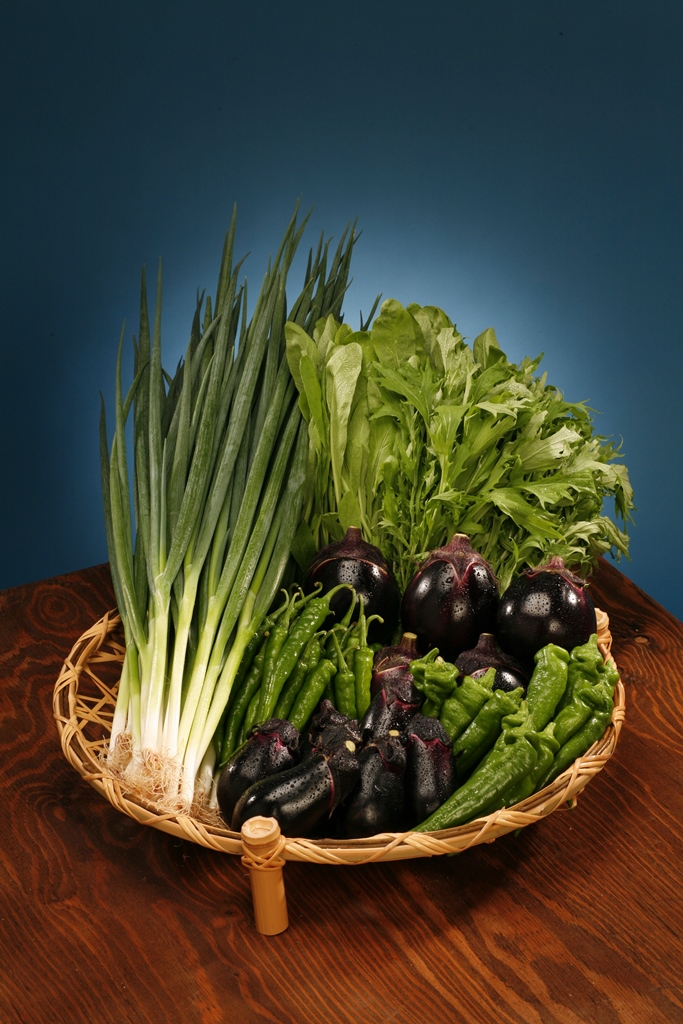
The certification criteria are as follows: “the vegetable was introduced before the Meiji era (before 1868) and it has been produced in Kyoto Prefecture. Bamboo shoots are included, but mushrooms and ferns are excluded. Vegetables that are currently grown or preserved, and extinct items are included.
Traditional vegetables in Kyoto that have been cultivated as Kyoto vegetables and have excellent taste, flavor and nutrition. Why don’t you try traditional vegetables that are said to be the symbol of the food culture of Kyoto, the ancient capital of Japan?
Principal traditional Kyoto vegetables are as follows.
2.Turnip
3.Foliage
4.Eggplant
5.Pumpkin
6.Red pepper
7.Melon
8.Taro
9.Burdock
10.Cowpea
11.Udo
12.Japanese ginger
13.Green onion
14.Water dropwort
15.Arrowhead
16.Bamboo shoots
17.Water shield
18.Cucumber
1.Radish
・ Karami daikon
Low water content, suitable for species for buckwheat noodle.
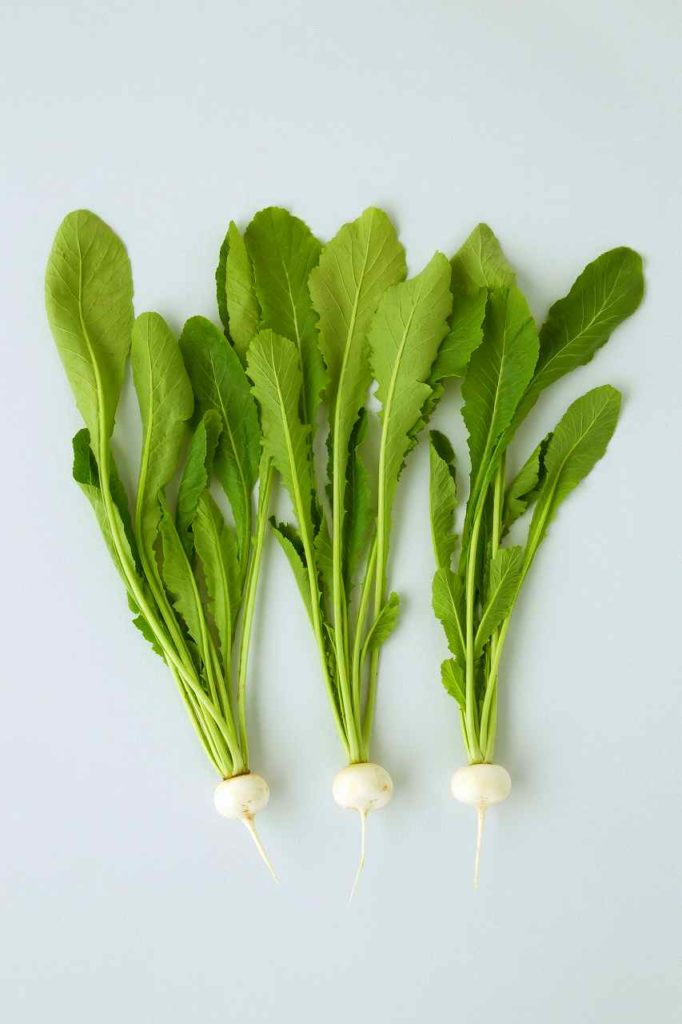
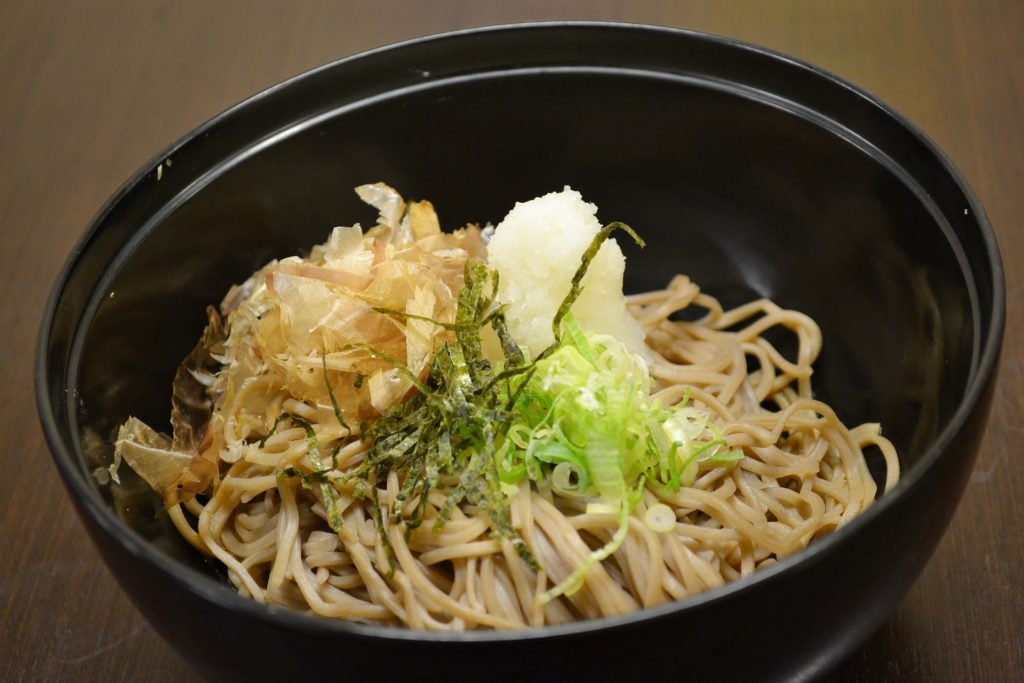
Recommended ways to eat: Spicy radish noodles
・ Aomi daikon
Bright green, suitable for raw foods, ingredients of Japanese soup and cooking
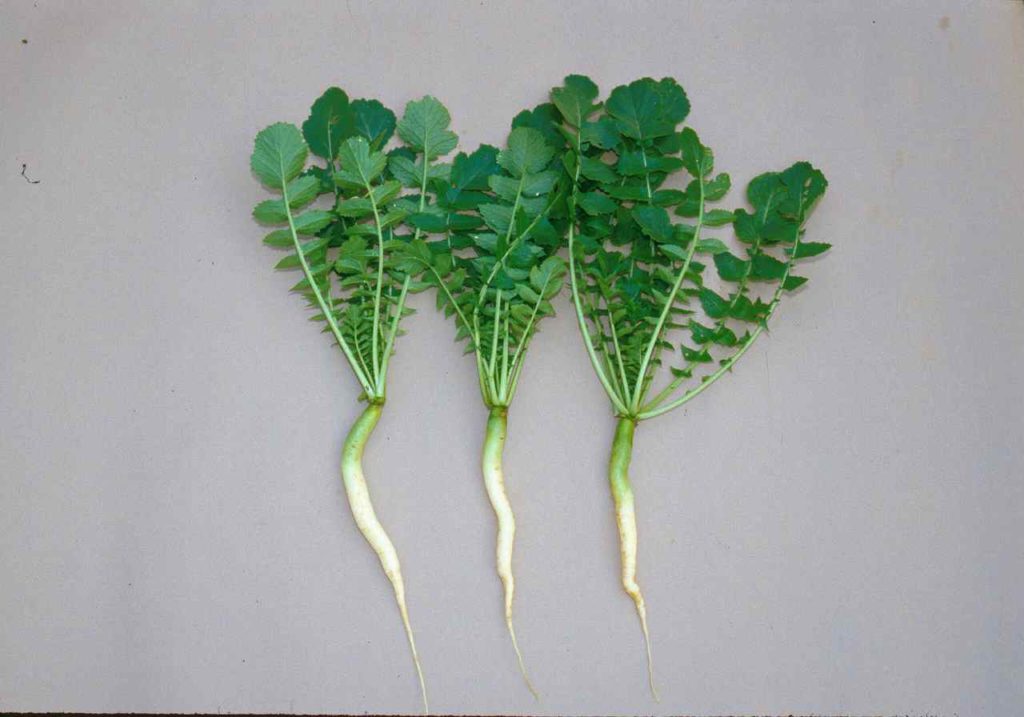
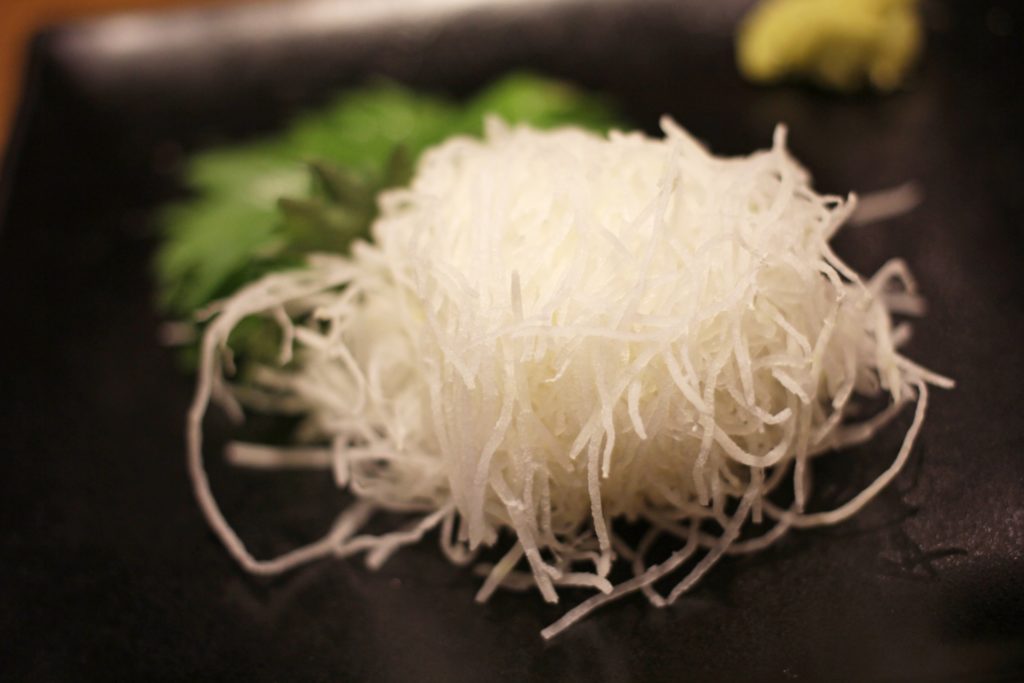
Recommended ways to eat: Sashimi garnish
・ Tokinashi Daikon
It is hard to boil so it is suitable for grated radish and pickles.

Recommended ways to eat: grated radish
・ Shogoin Daikon
Kyoto’s winter feast with a sweet and melting texture. Shogoin Daikon is a must for stewed foods and simmered radish (Furofukidaikon)
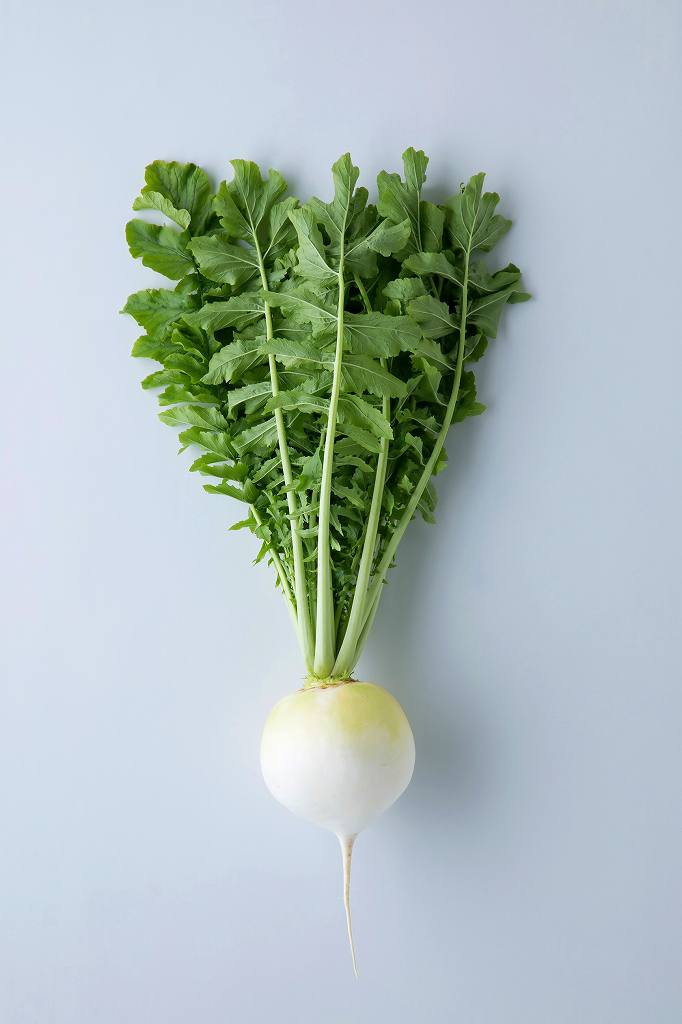

Recommended ways to eat: Simmered radish (Furofuki radish)
・ Momoyama Daikon
Mainly used as a material for Takuwan (radish pickles).
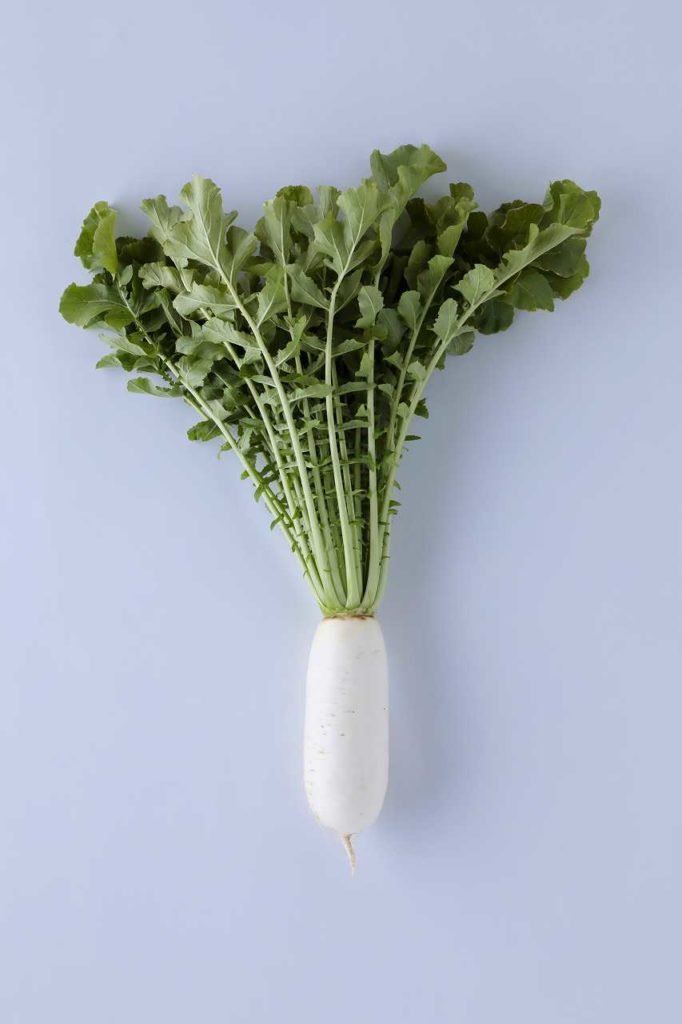
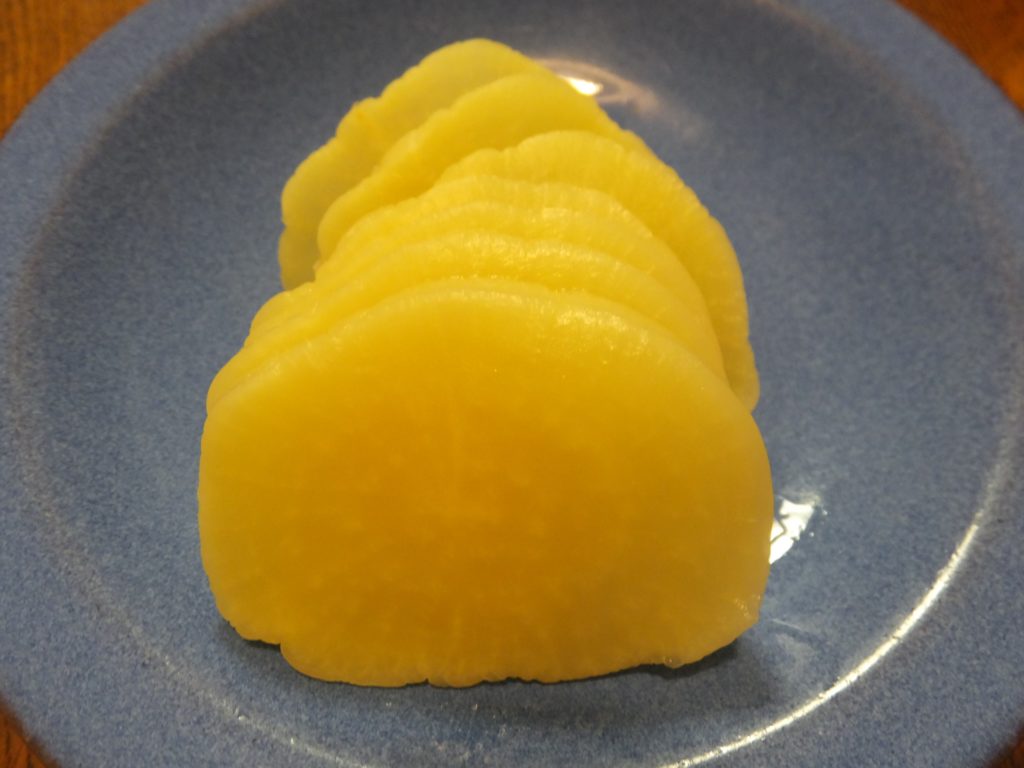
Recommended ways to eat: Takuan
2.Turnip
・ Shogoin Kabu
Shogoin Kabu is well-known as a material of Kyoto’s specialty, “Senmaizuke”.
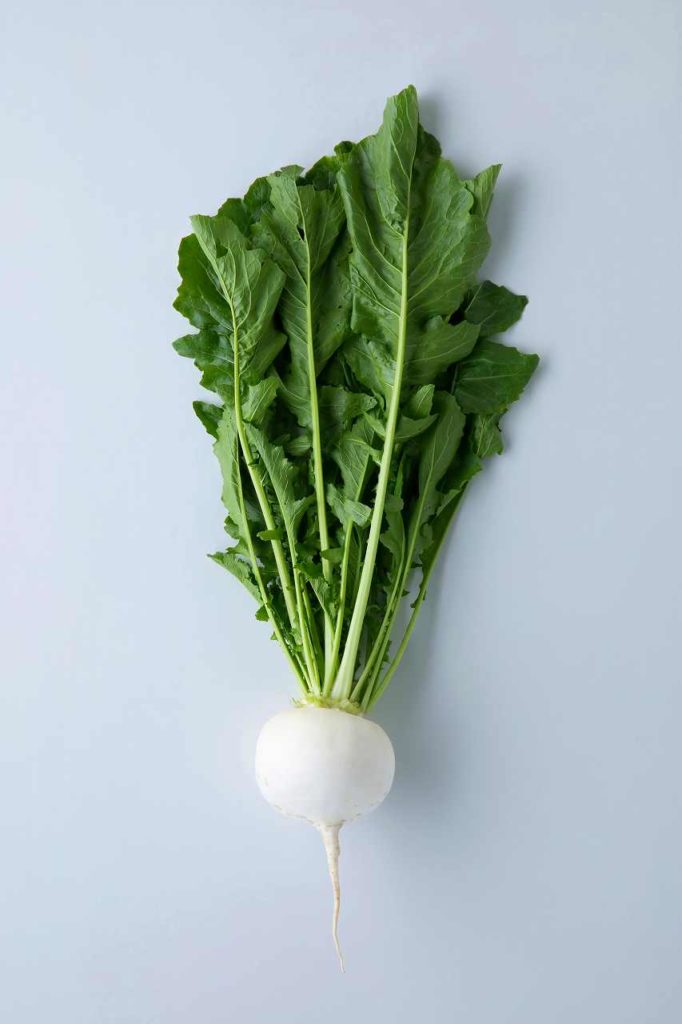
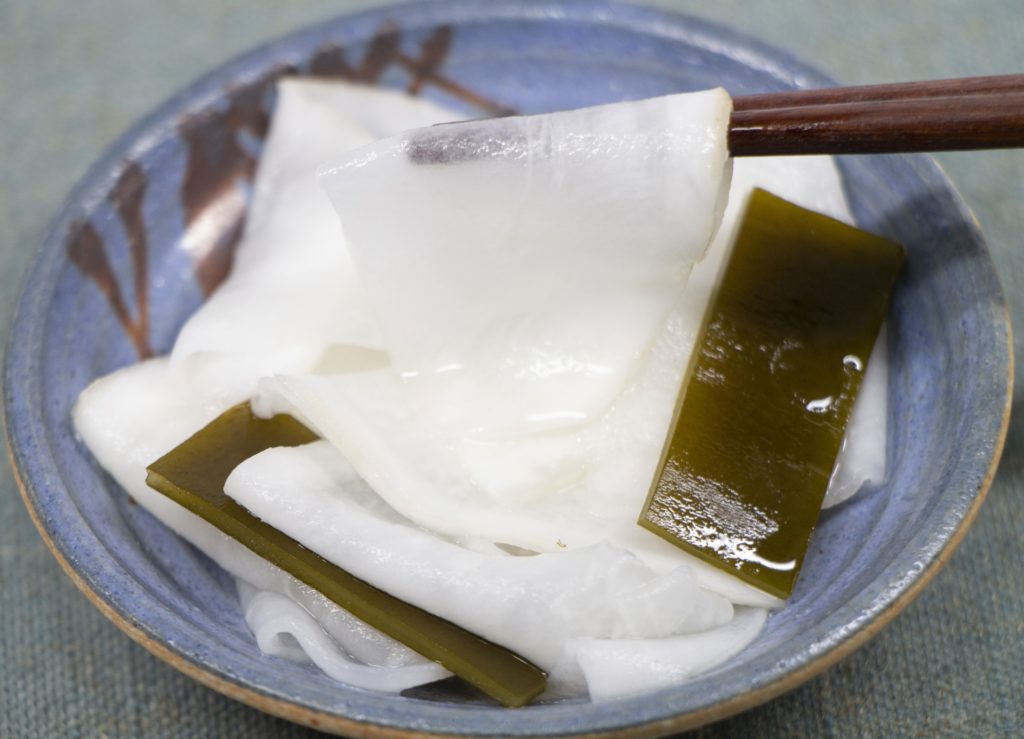
Recommended ways to eat: Senmaizuke (pickles)
3.Foliage
・ Sugukina
This foligae has high sugar contents and it is known for Kyoto pickles “Sugukina”.
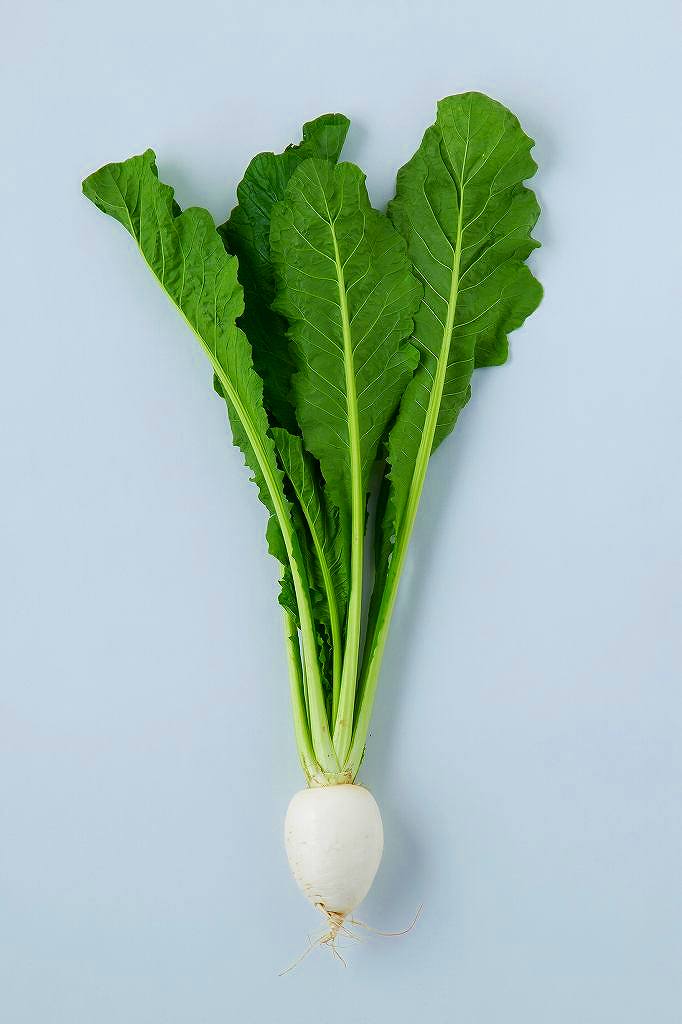
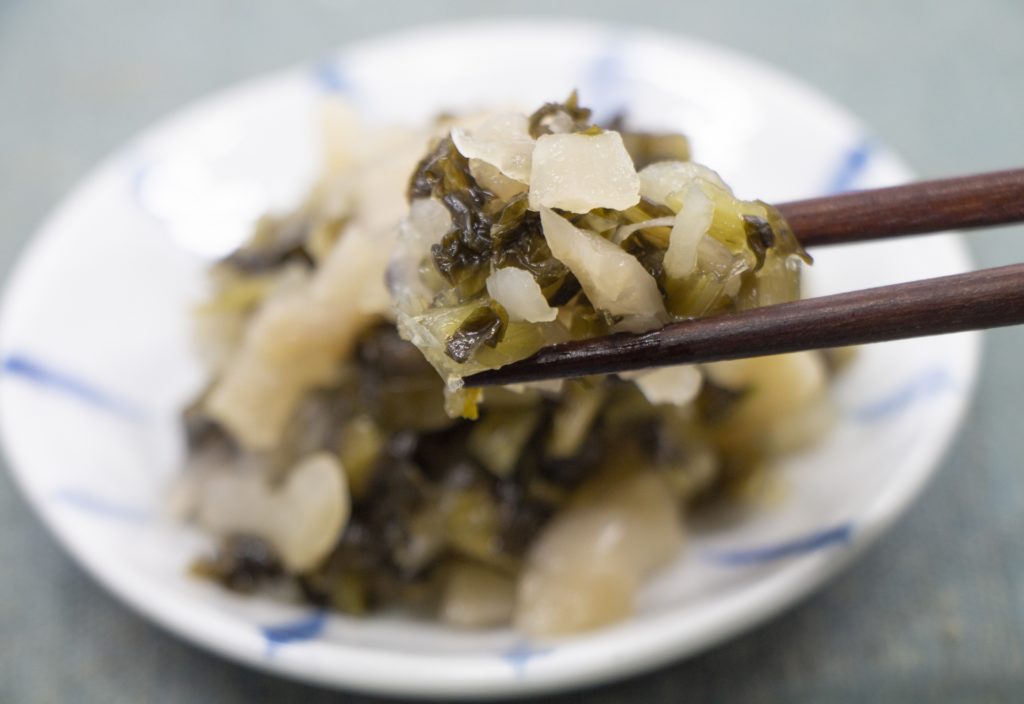
Recommended ways to eat: Sugukina (pickled)
・ Mizuna
Soft and crisp and essential for hot pot cooking and takiawase (food cooked separately but served together in one dish). Mizuna is often used for salads at Izakaya.
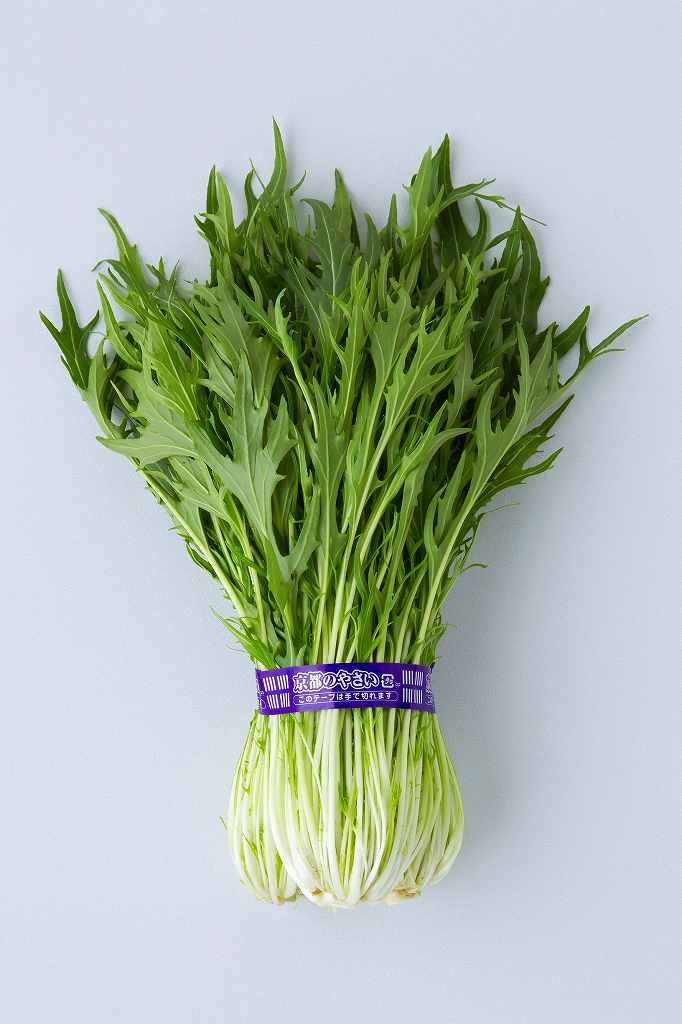
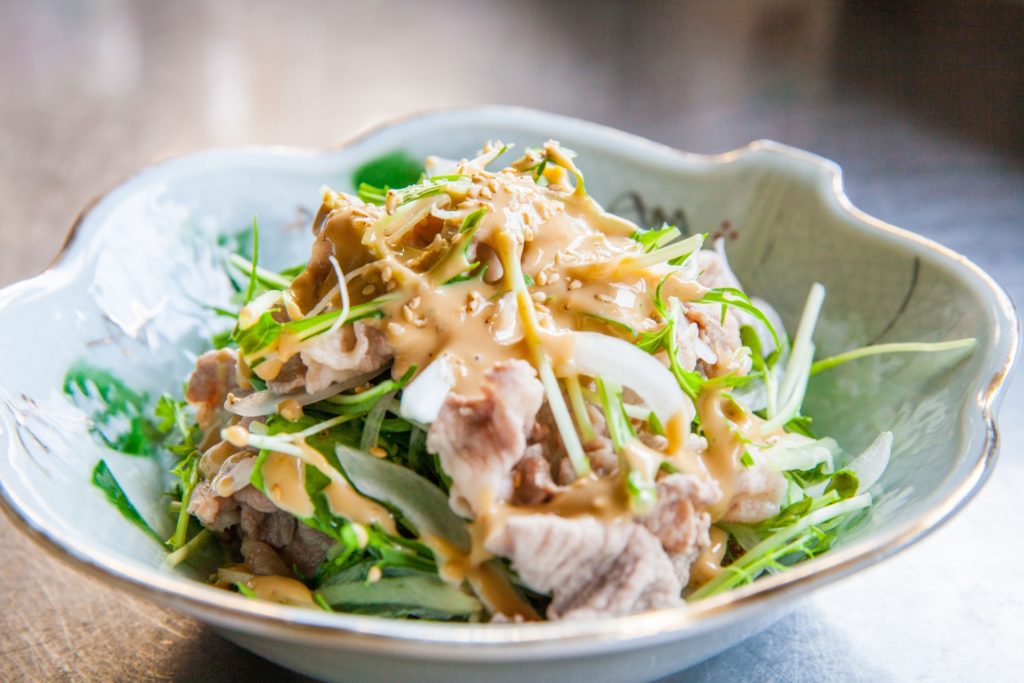
Recommended ways to eat: Mizuna salad, Mizore nabe (pot dish with grated radish)
・ Mibuna
A kind of Mizuna that has a characteristic pungency and spicy aroma.
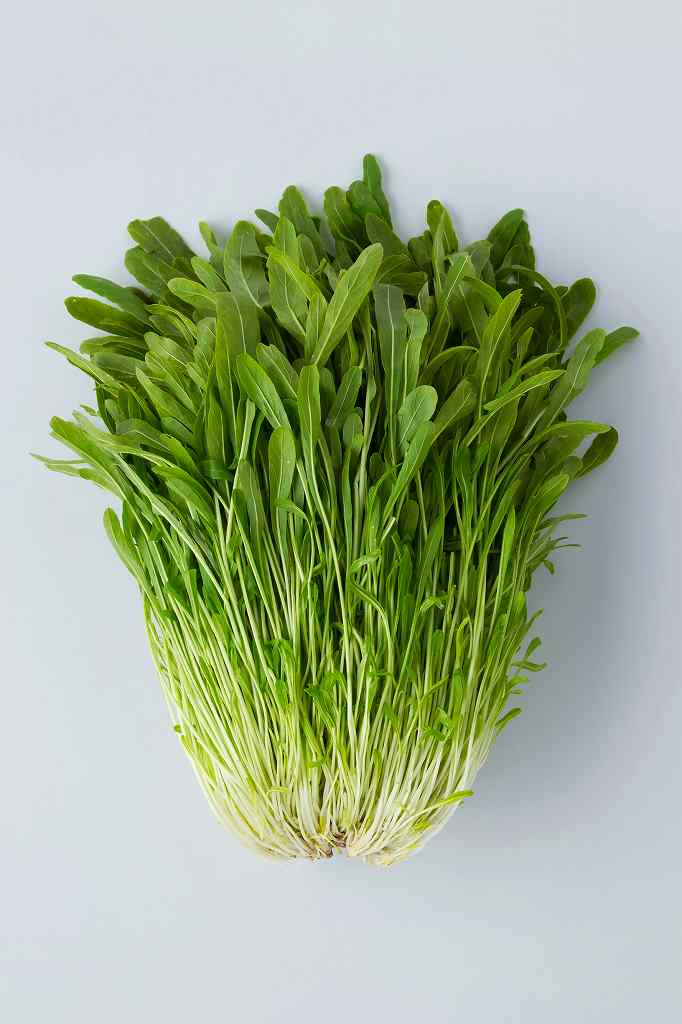
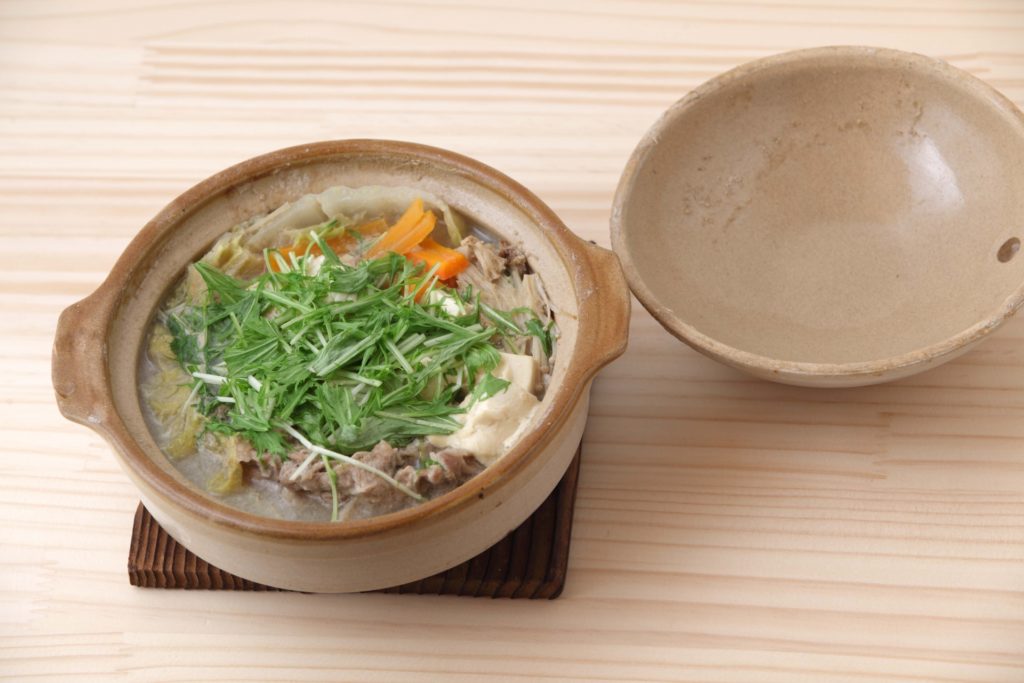
Recommended ways to eat: Pot dishes with Mibuna
・ Hatakena
A vegetable that is rich in nutrients such as carotene, vitamin C, calcium and iron.
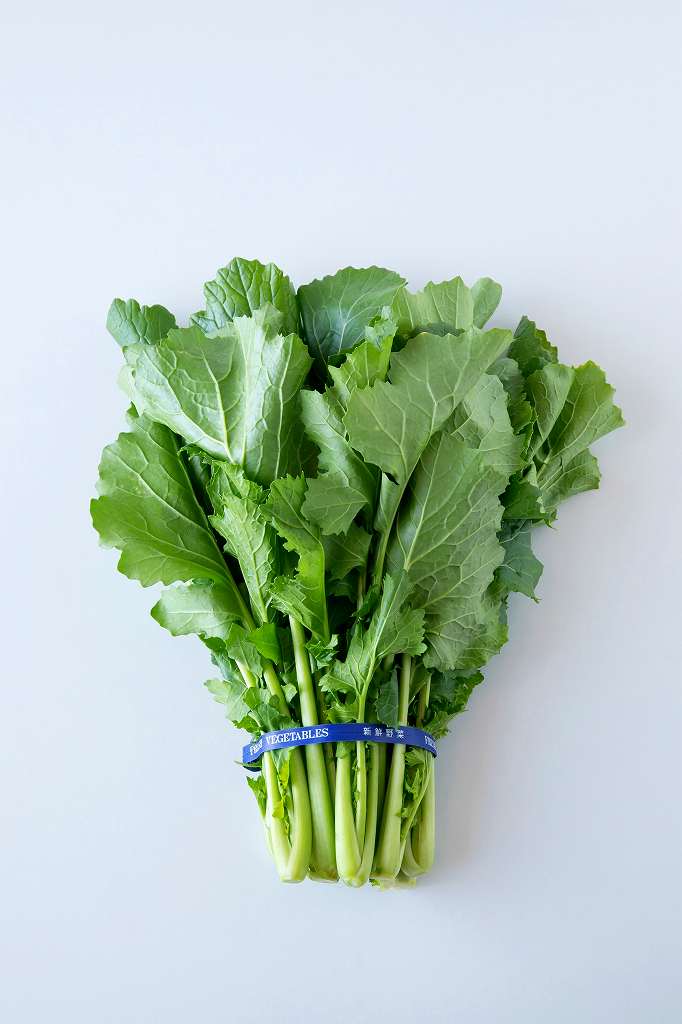
Recommended ways to eat: Stewing, pickled in mustard
4.Eggplant
・ Moginasasu
It has a size that can be eaten by a bite so that it is used as ingredients for tempura or boiled food. It is also often used for pickles in mustard.
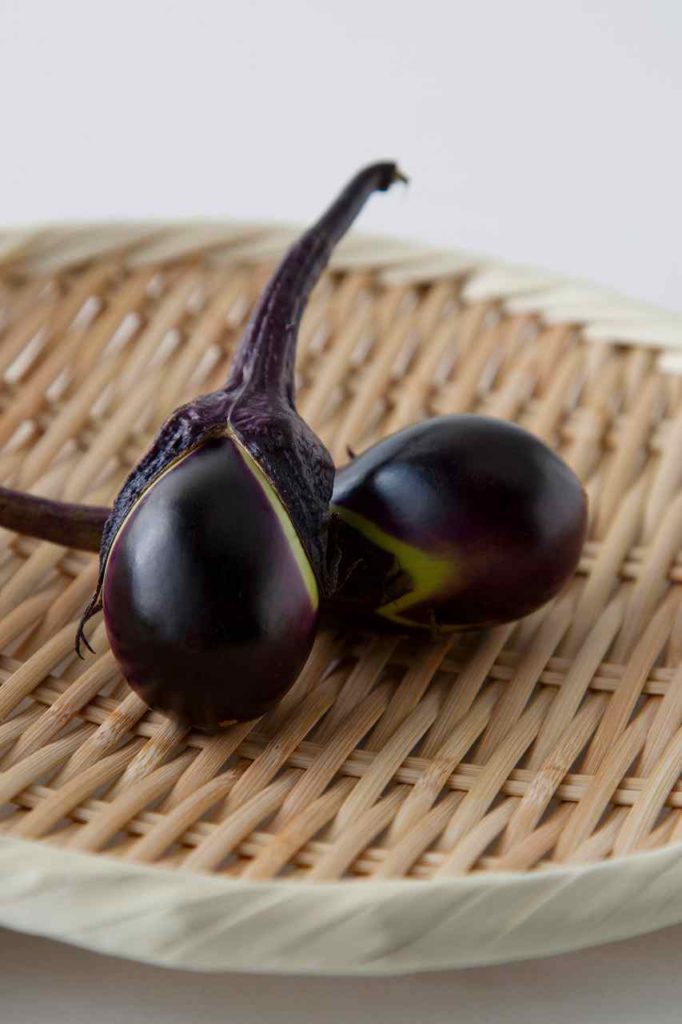
Recommended ways to eat: Eggplant pickled in mustard
・ Kamo Nasu:
The most famous vegetable of Kyoto’s traditional vegetables and it is necessary for Nasu Dengaku (grilled eggplant with sweet miso paste)
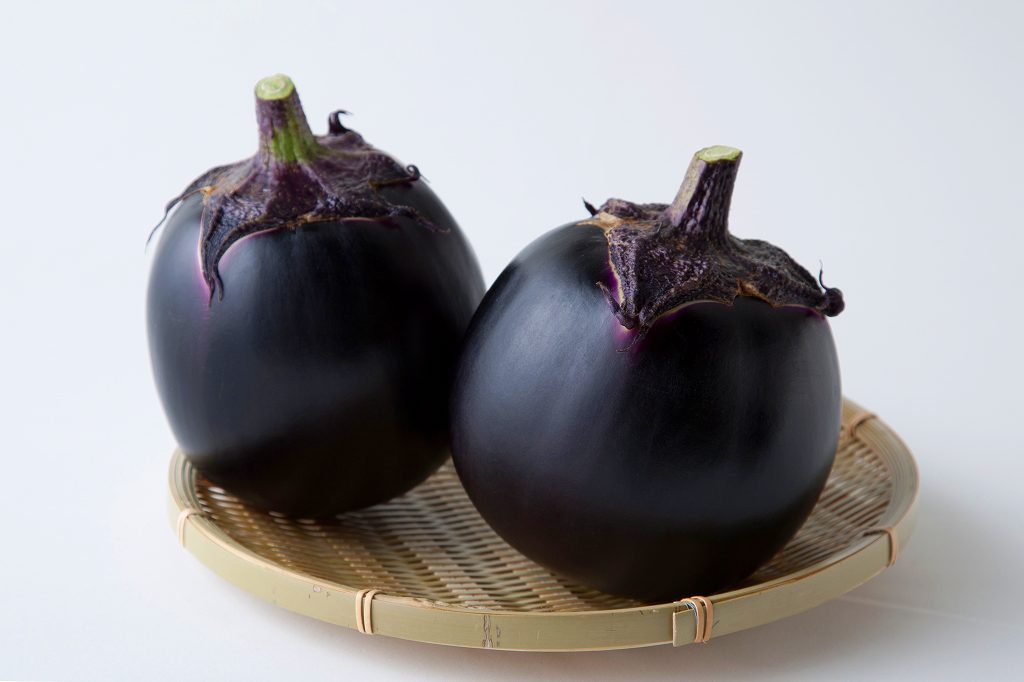
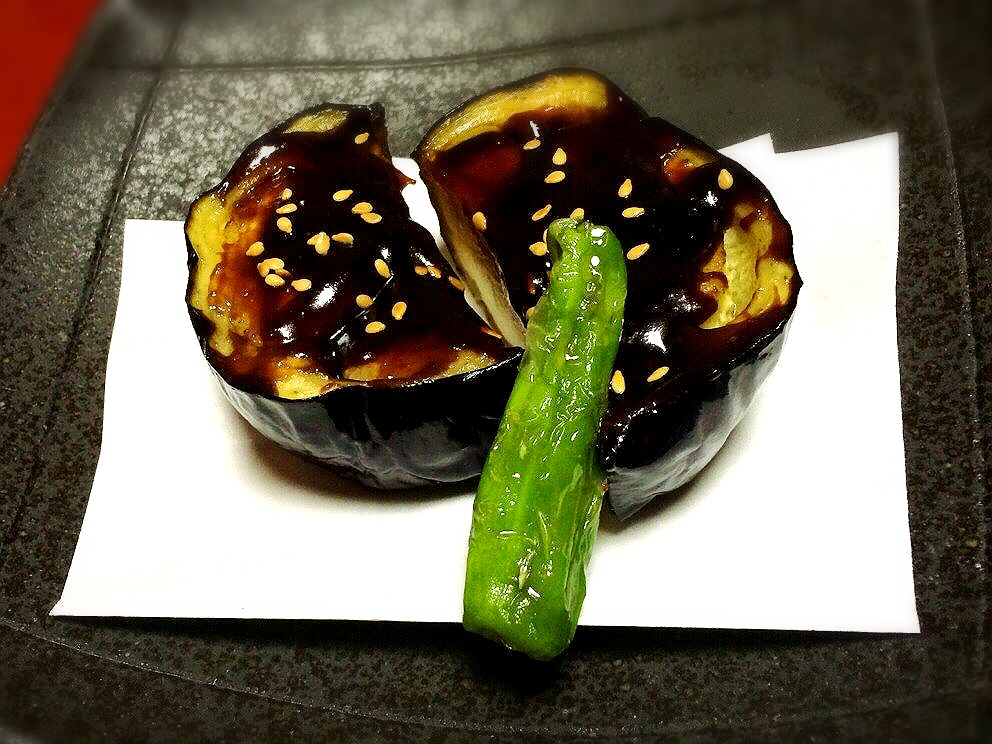
Recommended ways to eat: Nasu Dengaku (grilled eggplant with sweet miso paste)
・ Kyoyamashina eggplant
This eggplant has a thin and soft skin, and has a sweet, moist texture.
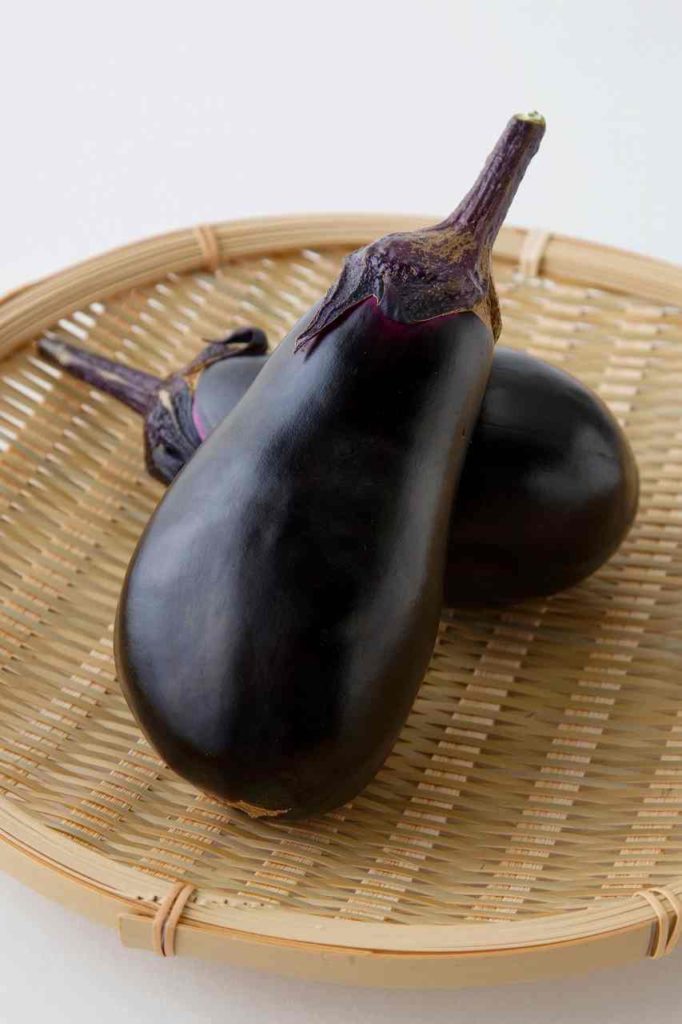
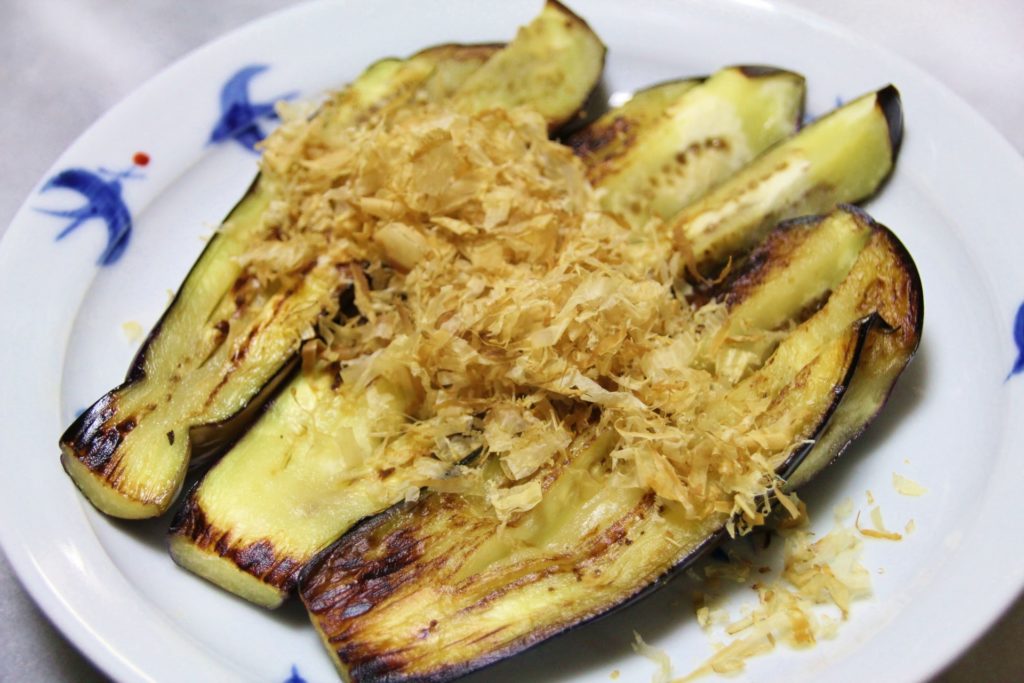
Recommended ways to eat: Baked eggplant
5.Pumpkin
・ Kagatani Pumpkin

A large pumpkin that has a weight of 2 to 4 kg like a gourd.
Because of its unique shape, it is often used as a material used for flower arrangement or figurine.
6.Red pepper
・ Fushimi pepper
his pepper is called “Aoto.” This pepper is widely popular and it is not hot.
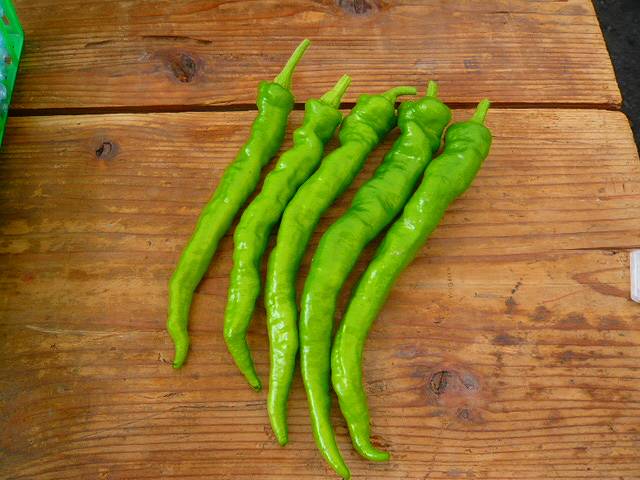
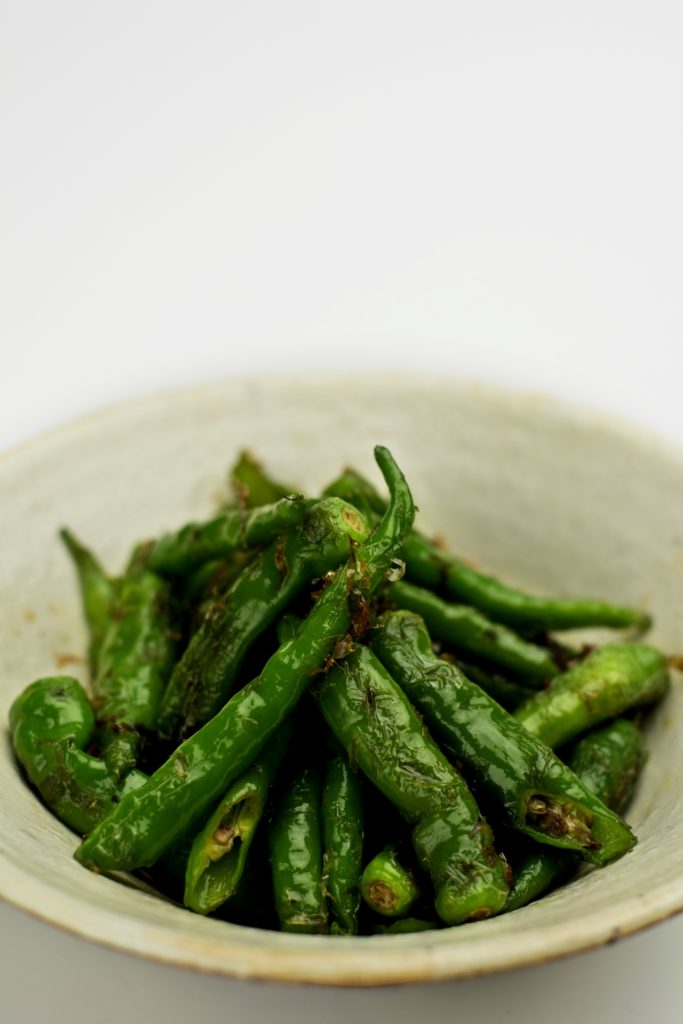
Recommended ways to eat: Cooked, grilled, tempura, tsukudani (food boiled down in soy)
・ Manganji pepper
It is not hot and has a thick skin. It offers good texture.
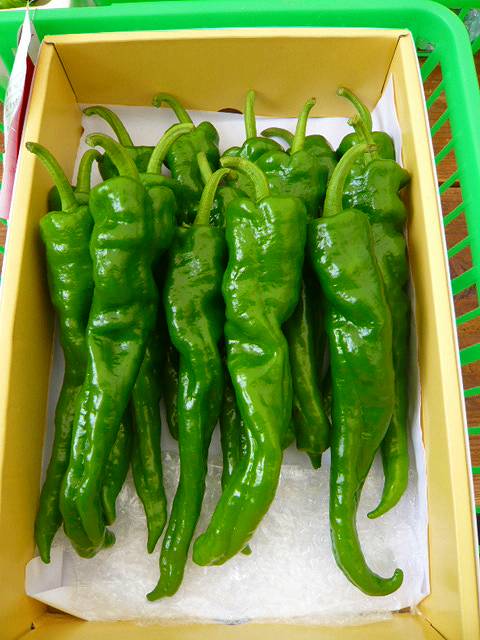
Recommended ways to eat: Baked pepper, tempura, tsukudani (food boiled down in soy)
7.Melon
・ Uri Katsura
A type of pickling melon, known as a material for Nara’s famous food “Nara-zuke”.
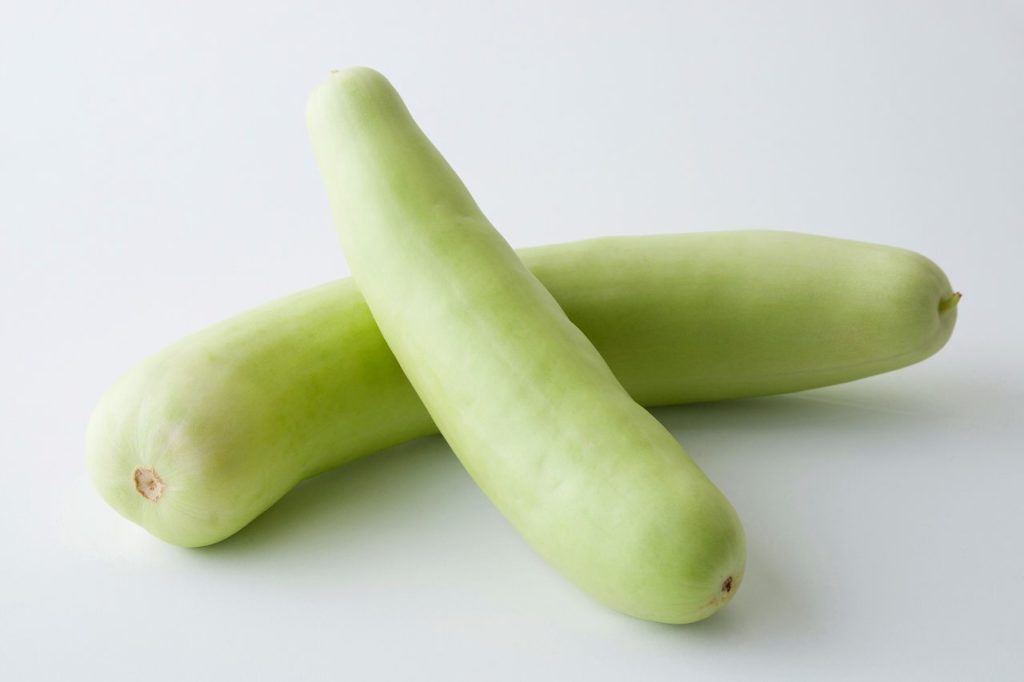

Recommended ways to eat: Naraizuke (pickles)
8.Taro
・ Ebiimo:
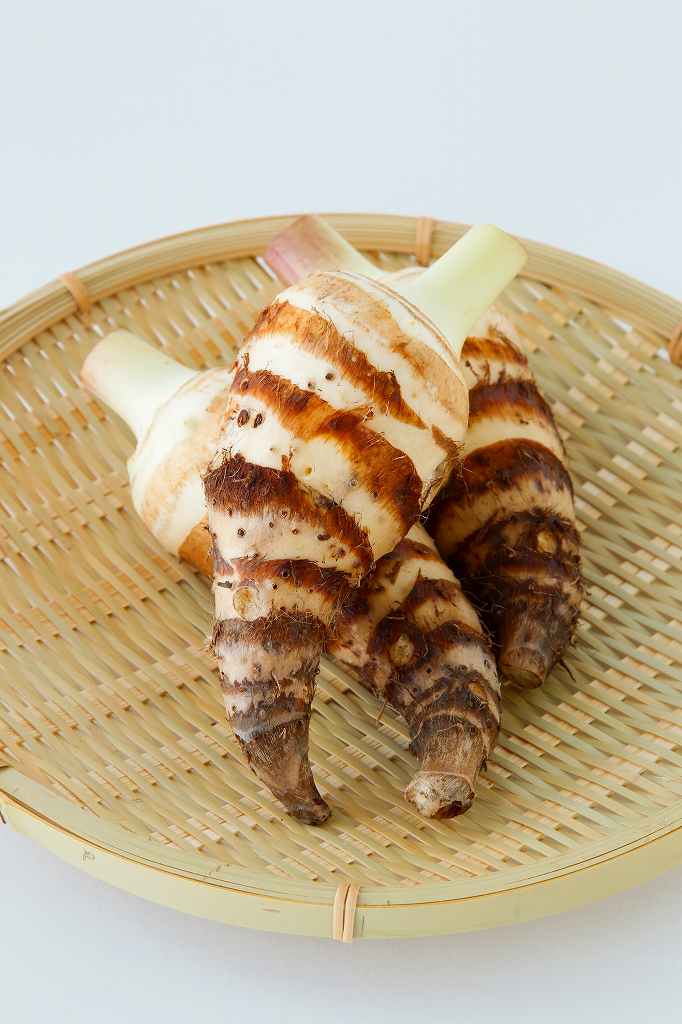
A kind of taro, and it looks like a shrimp. It is characterized by a delicate and melting taste.
Recommended ways to eat: A dish prepared by mixing with cod.
9.Burdock
・ Horikawa Burdock
A thick burdock that has a diameter of about 6 to 9 cm and a hole in the center. It is used for stewed dishes packed with meat.
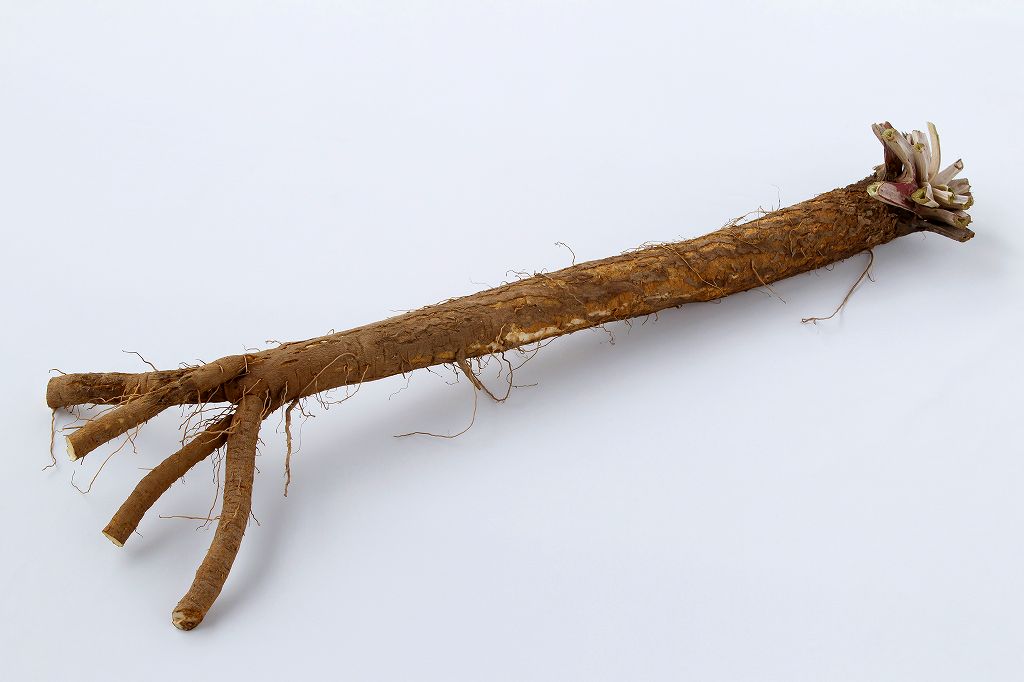
Recommended ways to eat: Horikawa burdock with meat stuffing
10.Cowpea
・ Hiragino Sasage
It is used for cooked food and boiled food. It is also served in front of the Buddha in August. This vegetable is indispensable in Kyoto during summer.
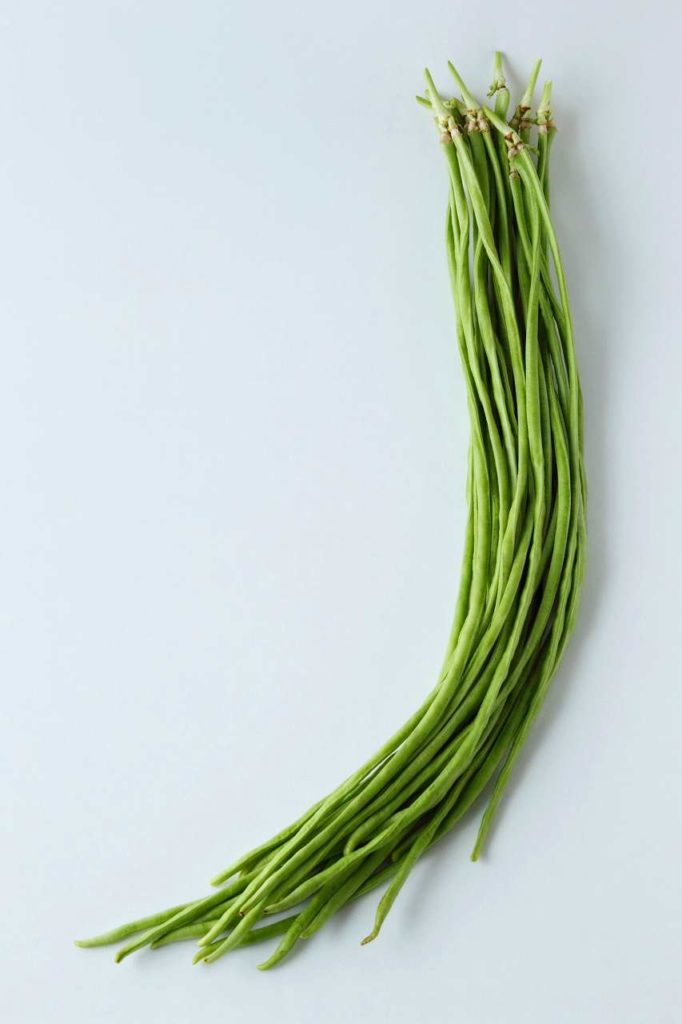
Recommended ways to eat: Cooked food, boiled food
11.Udo
・ Kyoto Udo
t is characterized by a good smell and crispness.
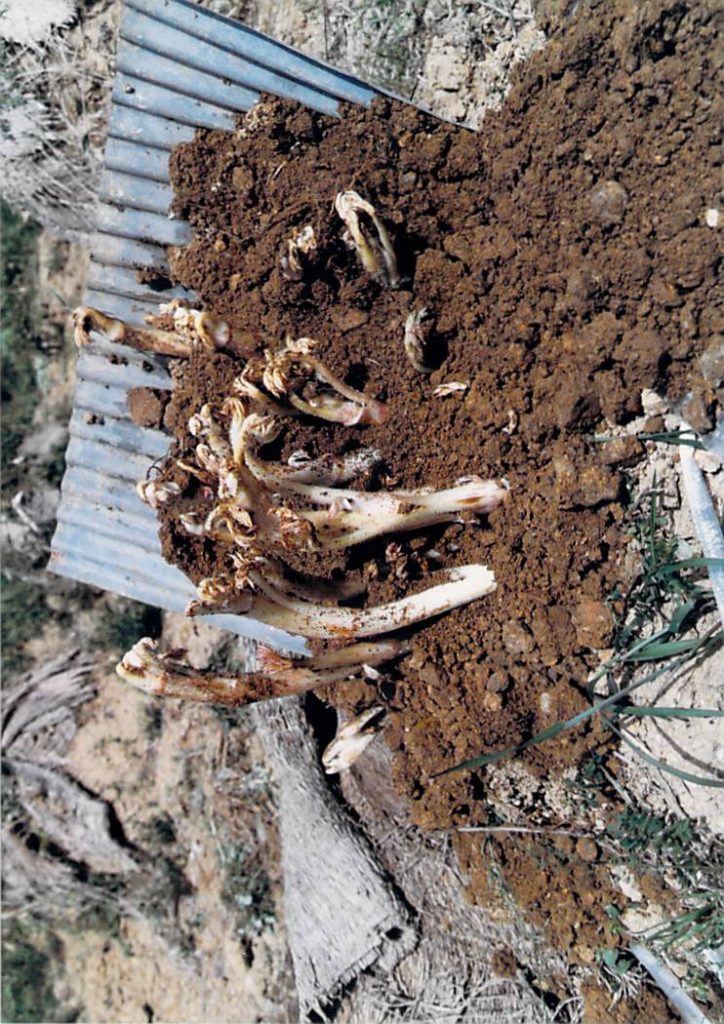
12.Japanese ginger
・ Kyo-Myoga
One of Japan’s native vegetables. It is used in the summer as a spice for soup noodles, soup, and Shibazuke (pickles).
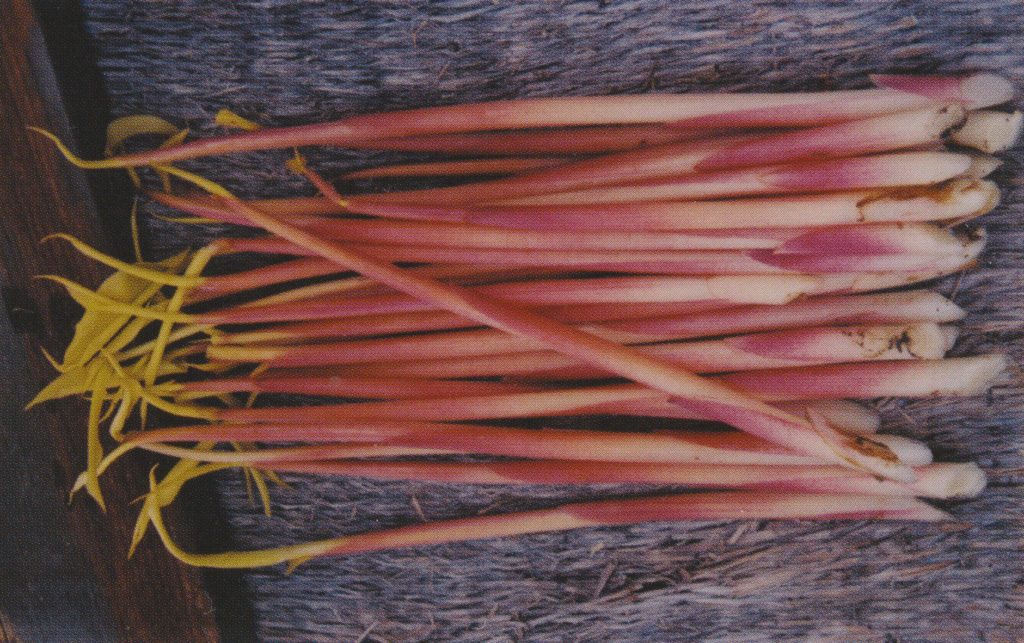
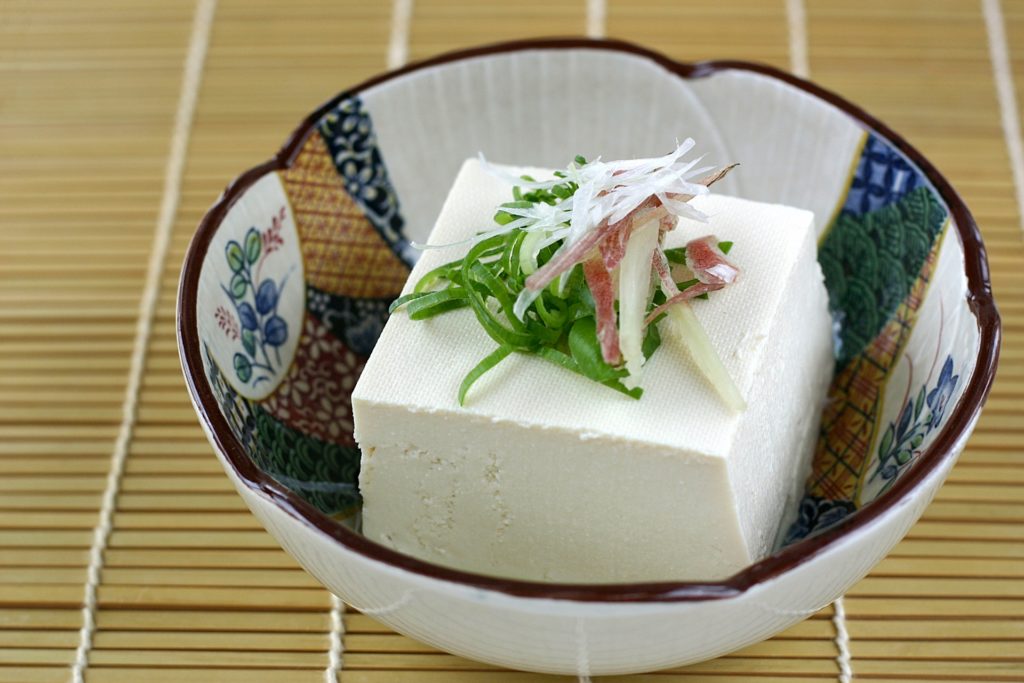
Recommended ways to eat: Spice for soup noodles, soup, shibazuke (pickles)
13.Green onion
・ Kujonegi
It has a deodorant effect, warms the body and promotes digestion, and has been used as a remedy since ancient times.
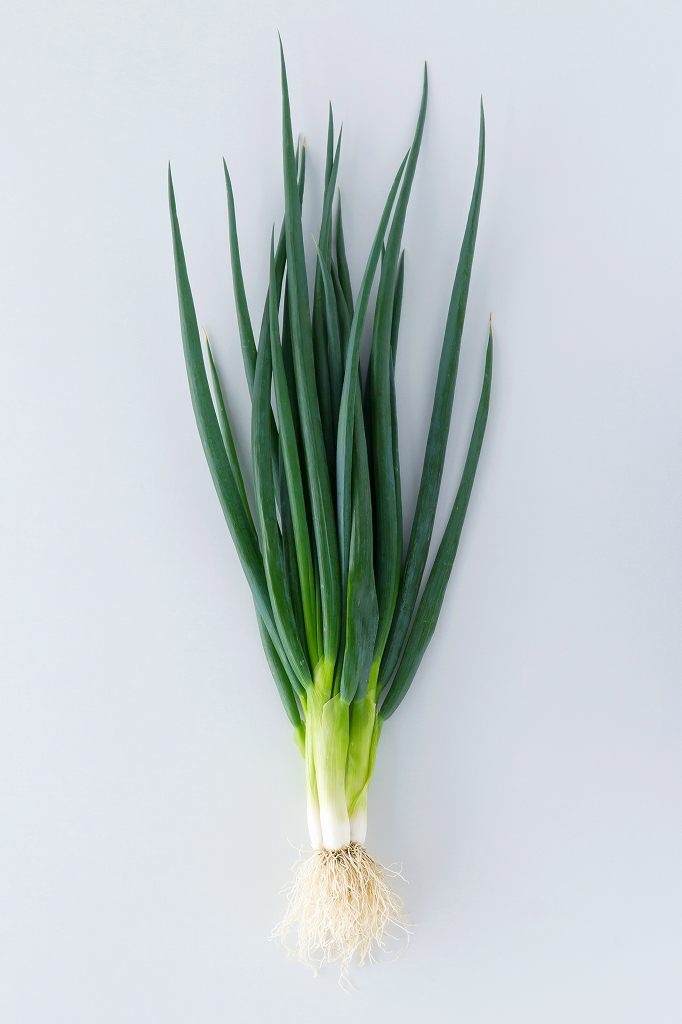
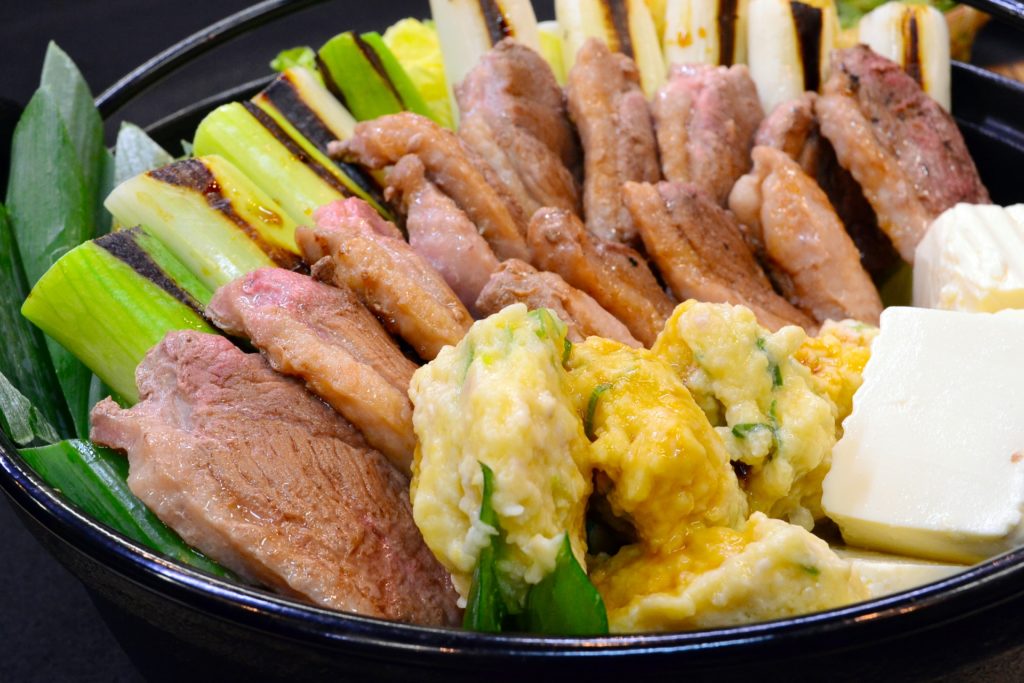
Recommended ways to eat: Kamonegi, bowl, food served in pot
14.Water dropwort
・ Kyoseri
The vegetable that is indispensable for winter, which has been used as one of the herbs.
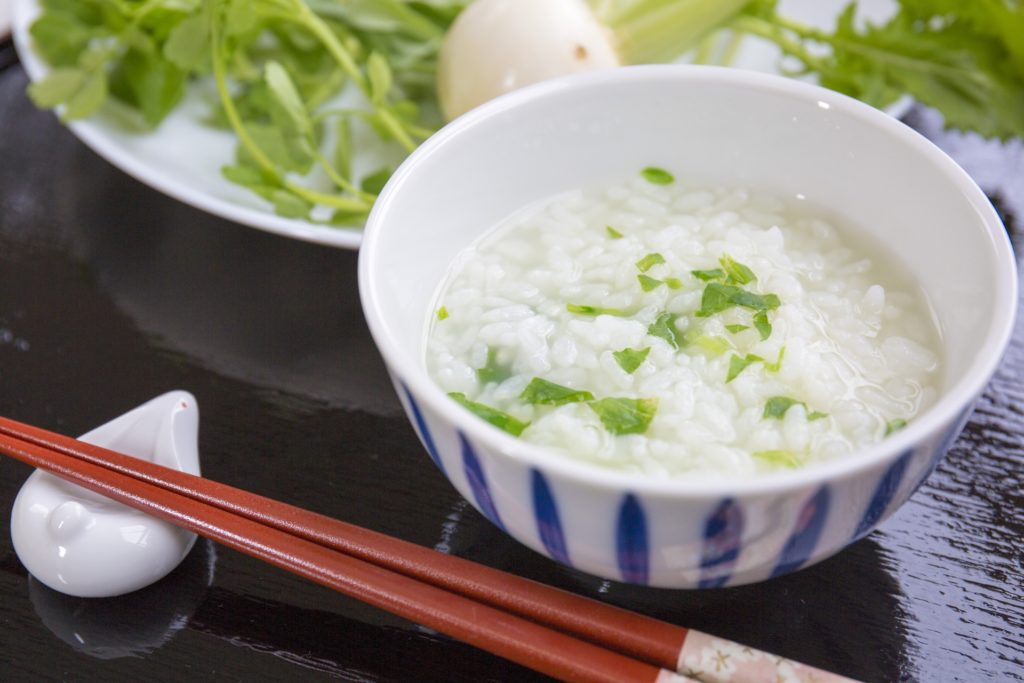
Recommended ways to eat: Soup, vegetable with dressing, sukiyaki, hot pot cooking
15.Arrowhead
・ Kuwai
It is used as a lucky charm as “prosperity of offspring” because it often increases underground. This vegetable is indispensable for Japanese New Year cuisine.
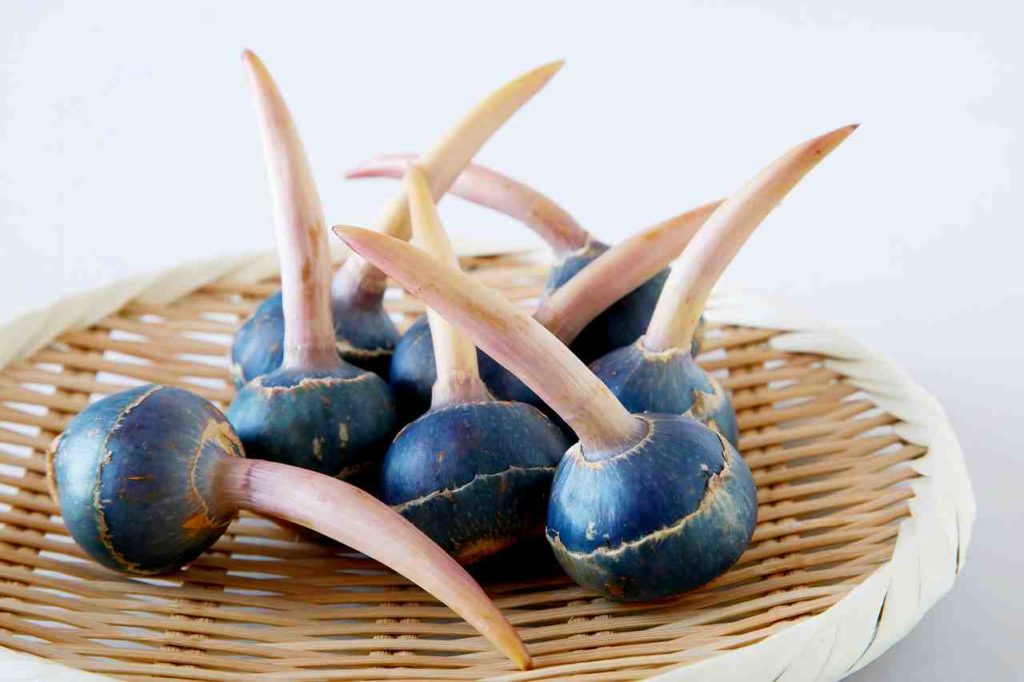
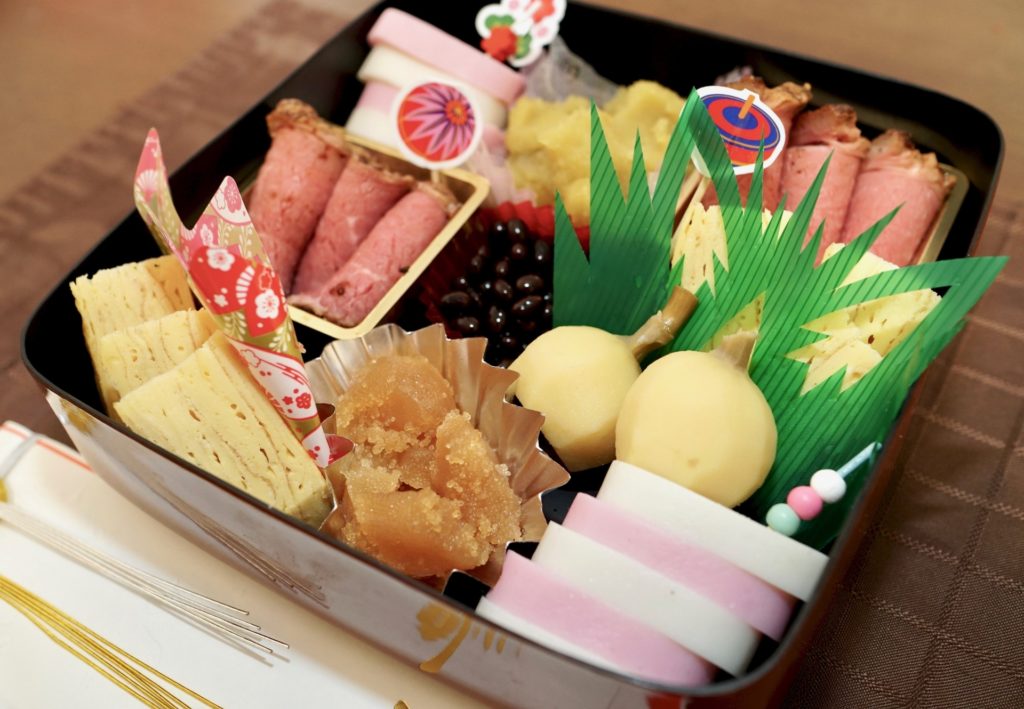
Recommended ways to eat: New Year cuisine (Osechi)
16.Bamboo shoots
・ Kyoto bamboo shoot
It is sweet and soft and has a reputation for being the best bamboo shoot in Japan.
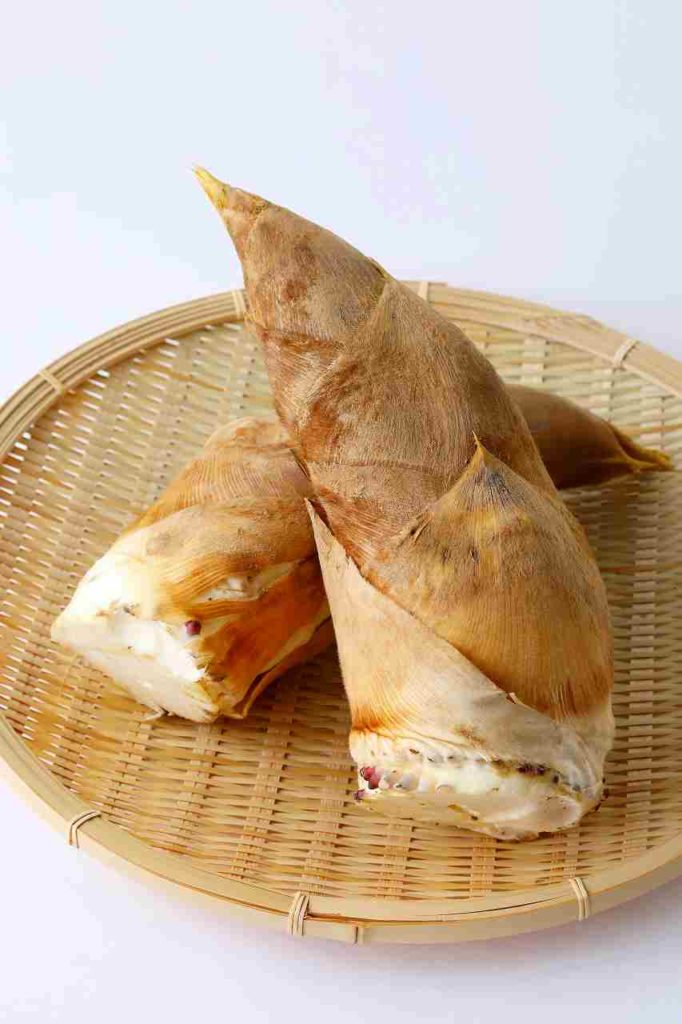
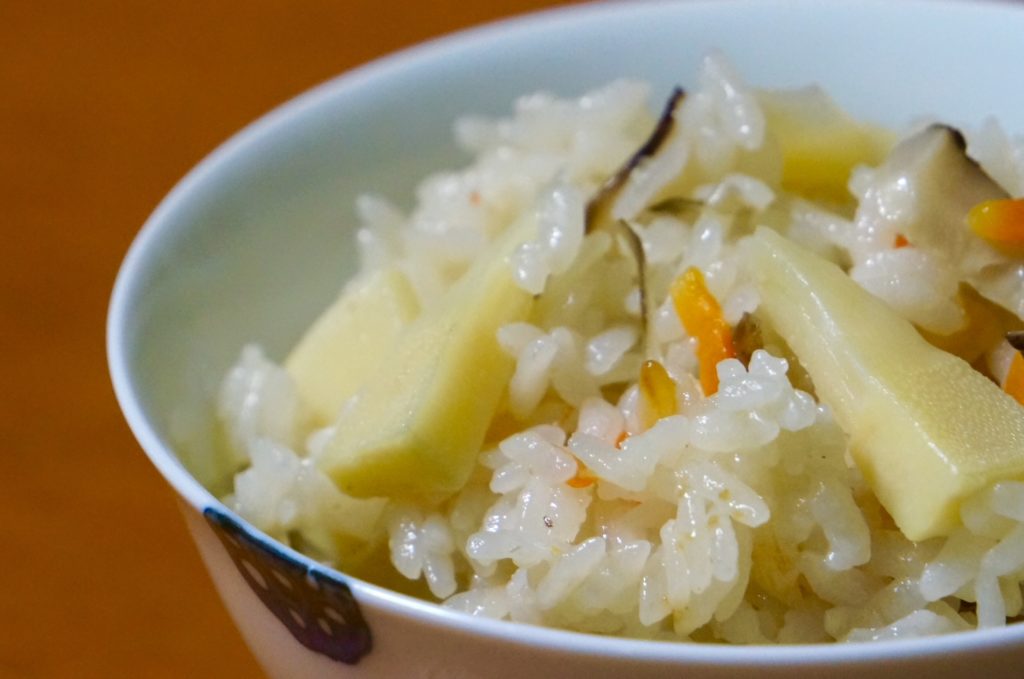
Recommended ways to eat: Bamboo shoot rice, tempura
17.Water shield
・ Water shield (Junsai)
It is slimy with young shoots of aquatic plants.
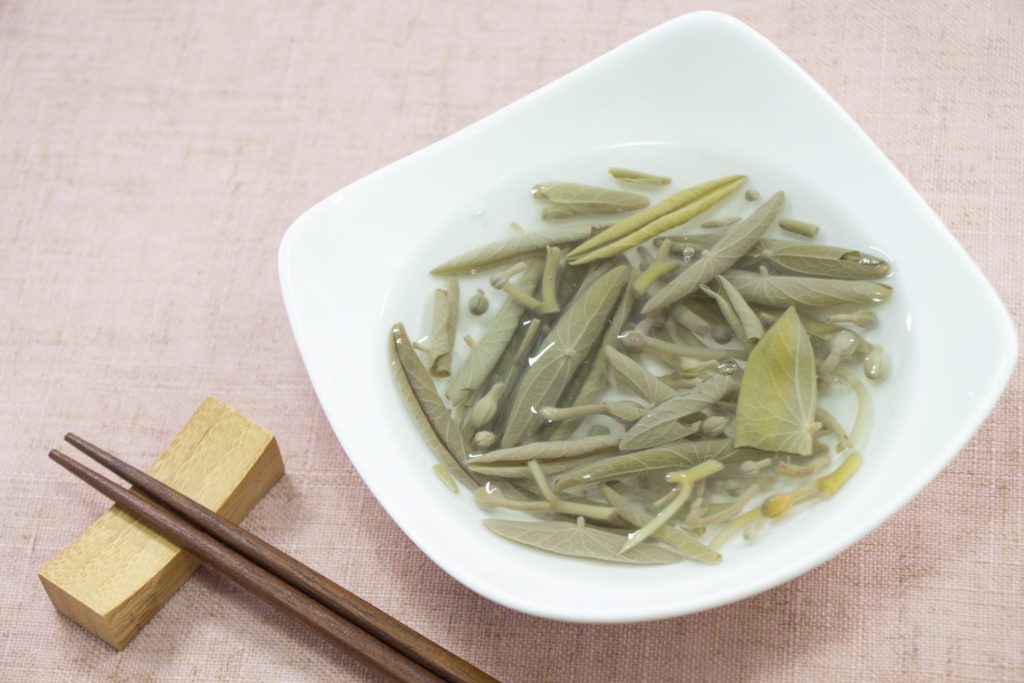
Recommended ways to eat: Soup, marinated with vinegar
18.Cucumber
・ Shogoin Cucumber
Although it extinct in the 1950s, a seed that has been preserved in recent years was found and it was newly certified as a Kyoto traditional vegetable.
Kyoto has many original vegetables that have been developed independently, and Kyoto cuisine using a wide variety of vegetables is popular. There are many restaurants and Izakayas that use Kyoto vegetables in areas where there are many restaurants such as the downtown area of Kawara-machi and Karasuma
Please enjoy the dishes using Kyoto’s unique “Kyoto Vegetables” when dining in Kyoto.
©Kyoto city The Planning department of agriculture and forestry, Kyo-Branded Products Association * The information on this page is that as of the month February in 2020.
